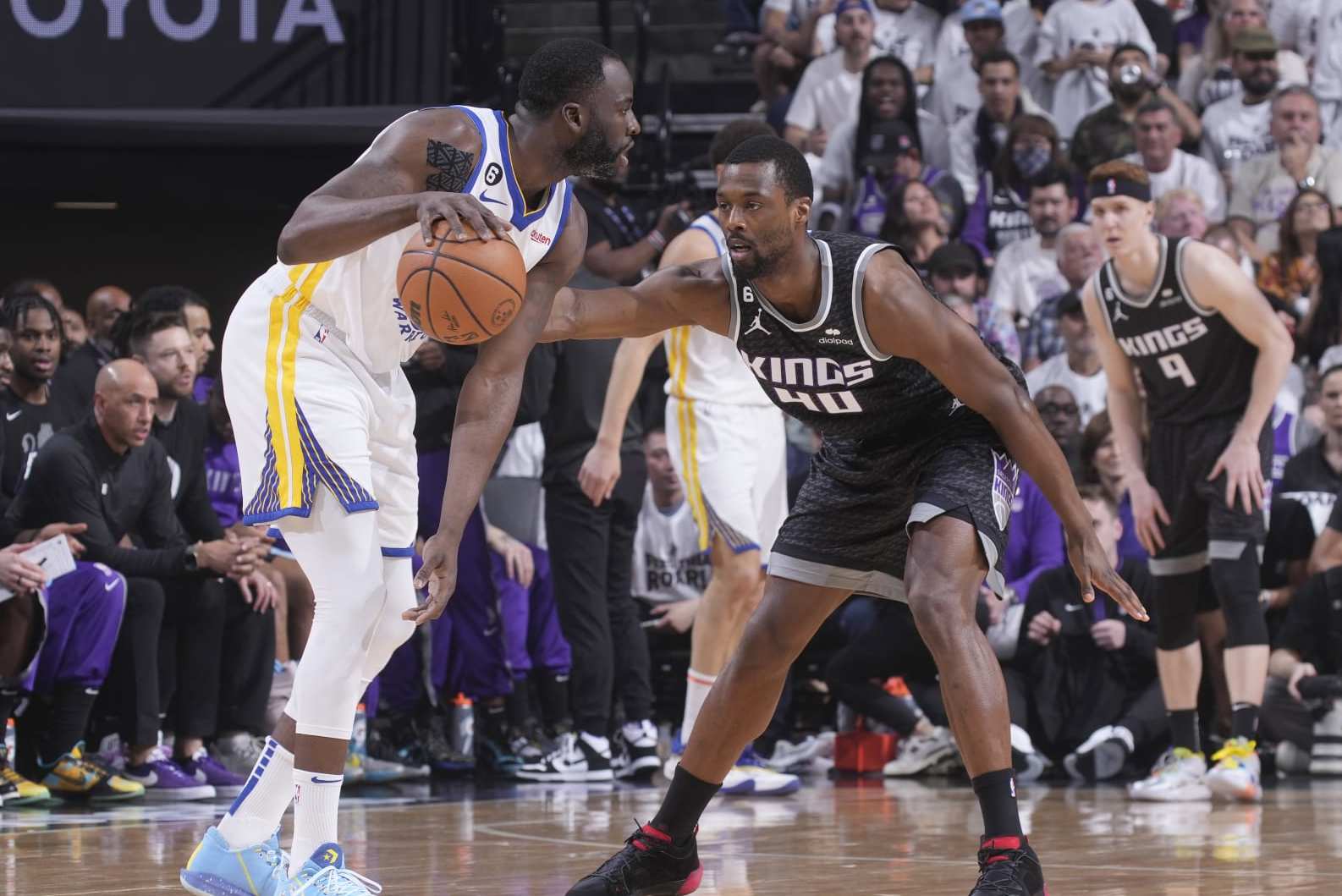
Every NBA Team's Top 2023 Free-Agent Target
Welcome to 2023 NBA free agency. Let the bedlam begin.
The festivities tip off on Friday at 6 p.m. EST and not a moment too soon, because, as we all know, players, teams and agents would never ever talk or send out feelers or embark upon negotiations before then.
However, this fast-approaching timeline gives us just a large enough window to drop one free-agent target for every single squad.
Cap sheets as well as roster needs and directions will shape each selection. If your favorite team's best spending tool is the league minimum or mini mid-level exception, they will not be assigned targets who definitely fall outside that price range. The most ambitious suggestions will be saved for squads with actual cap space or the flexibility and assets to go sign-and-trade shopping.
Our spotlight will, for the most part, be shined on the outside names. Incumbent free agents will only be listed as the primary target if they profile as a serious flight risk.
General manager hats on? Great. Let's speculate.
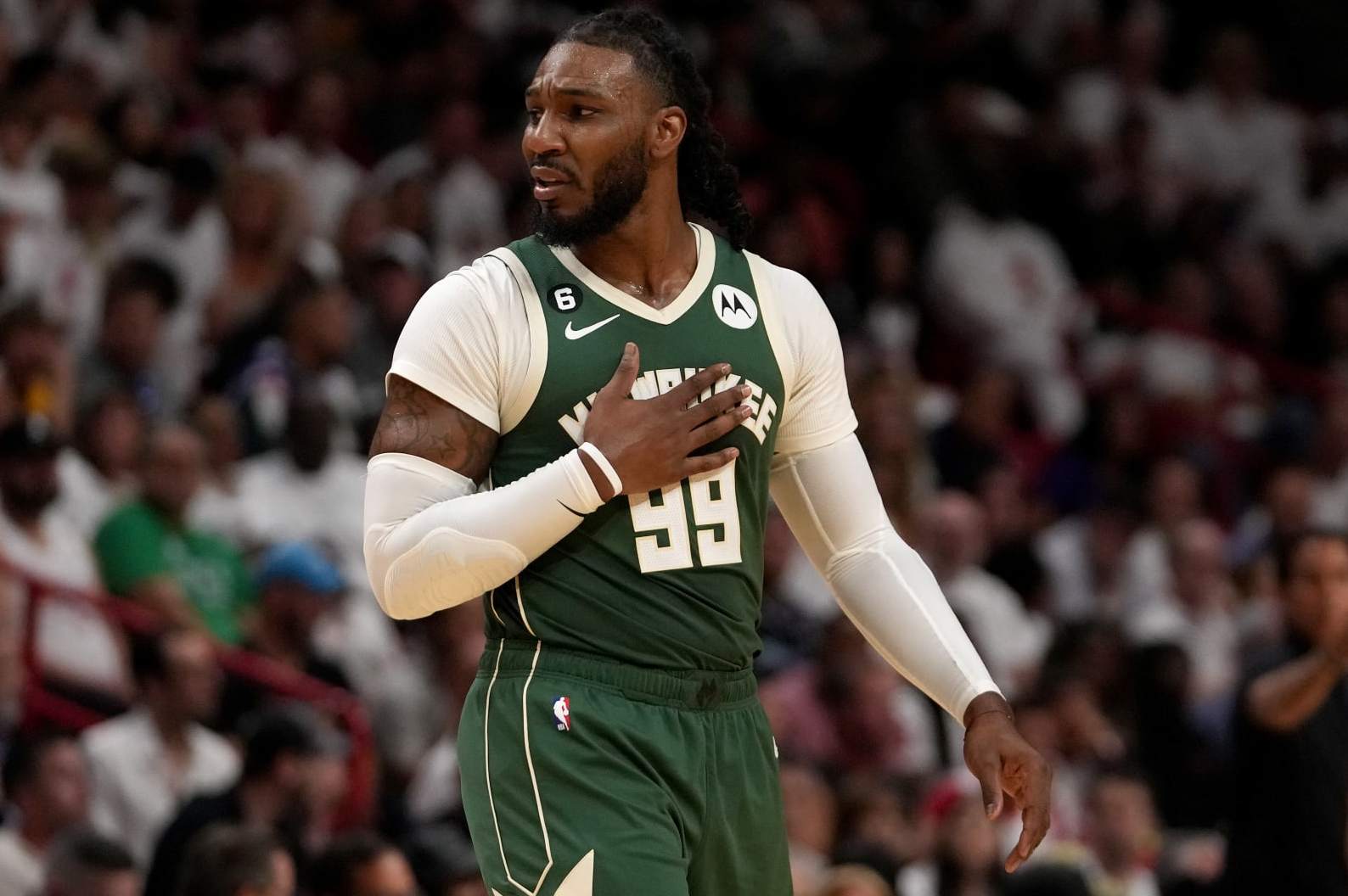
Salary-dumping John Collins onto the Utah Jazz gives the Atlanta Hawks access to the bigger mid-level exception ($12.4 million)—though, in that scenario, they may also need to trim slightly more money to remain beneath the tax.
Sticking to free agents who will cost less remains the way to go. And Atlanta suddenly has a vacancy in the frontcourt.
Jae Crowder's market value is tough to gauge. He missed most of last season amid a dispute with the Phoenix Suns and appeared in just 22 total games for the Milwaukee Bucks, a stint that left him moderately to extremely confused.
Going on 33, Crowder's best days are behind him, but he can still play the part of combo forward in defense and remains a viable threat on spot-up triples.
The Hawks need another body who checks those boxes, and even with De'Andre Hunter and Saddiq Bey in the fold, they can probably promise more minutes than many others shopping in the mini-MLE bin.
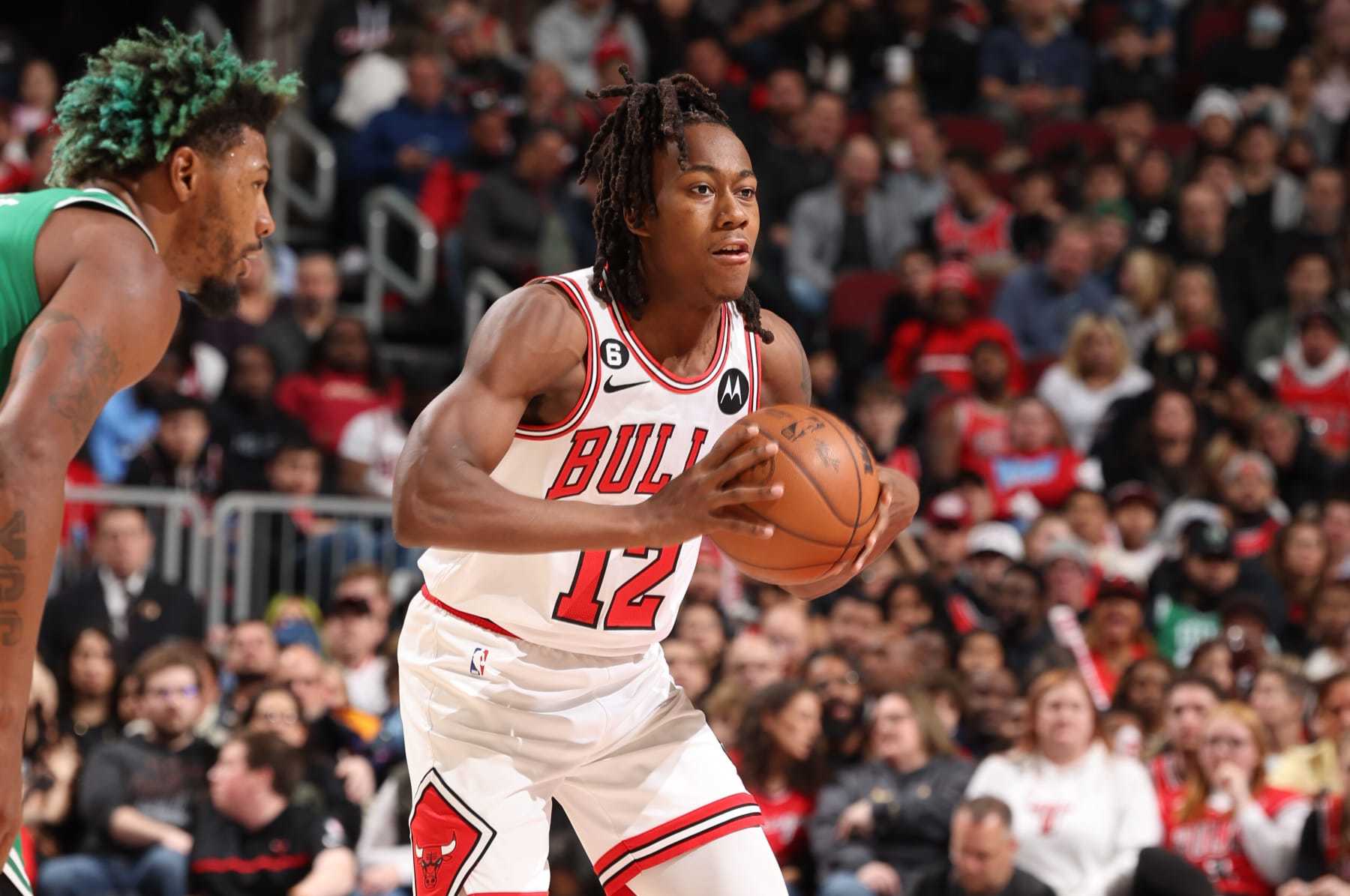
Marcus Smart was an institution in Boston, a relentless dynamo who played rugged, positionless defense while running a modest share of the offense. Replacing him will require a committee, if not a higher-end trade target.
Ayo Dosunmu is fit to pick up some of the slack. His stock has slipped after shooting under 32 percent outside of 16 feet last season, but he's a reliable finisher at the basket and rock-solid supplemental ball-handler.
And while the 23-year-old can't quite replicate Smart's four-position switchability, he is no picnic at the defensive end. He has the size (6'5") and intuitive ability to guard 1 through 3.
Affording Dosunmu will require luck for the Celtics—in the form of a repressed market. They will be limited to the taxpayer mid-level exception, and even that might be a stretch should they bring back Grant Williams (restricted).
At the same time, the Chicago Bulls may not have the stomach to keep Dosunmu. Coby White is also a free agent (restricted), they have plenty of money tied up in others, and they'll be up against tax concerns if they use the full MLE and bring back Nikola Vučević.
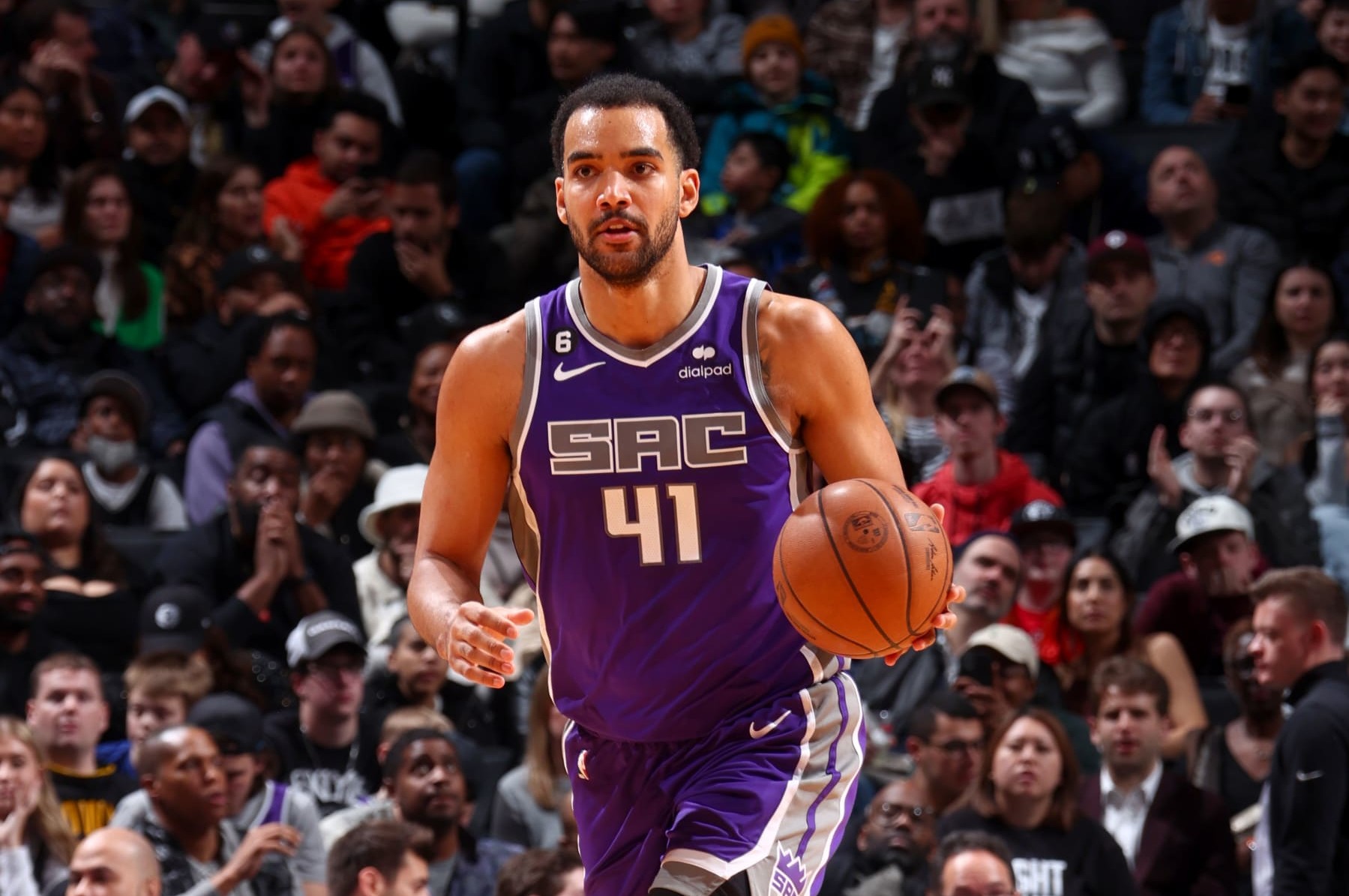
Hightailing it out of the superstar business has not left the Brooklyn Nets with much more flexibility. They will begin this offseason inside the luxury tax.
Effectively addressing their biggest need—advantage creation—with the mini MLE isn't just hard, it's impossible. They'll have more success moving a notch or two down their to-do list and diversifying the frontline.
Cameron Johnson (restricted) and Dorian Finney-Smith are both desirable options at the 4. Neither of them should spend much (or any) time sliding up to the 5. Brooklyn needs a combo big—a tall body who can sponge up reps next to Nic Claxton but also spell him and, preferably, unlock five-out arrangements.
Trey Lyles is perfectly wired for that role. He just downed 37.4 percent of his standstill threes and has the bandwidth to catch-and-drive in the half-court.
Bumping him up to the 5 will compromise the interior defense, but the Nets have the perimeter bodies to protect the hope from the outside in, and the 27-year-old is a sturdy enough presence on the glass to end possessions off missed shots.

Bruce Brown fills a multitude of cracks in the Charlotte Hornets' rotation.
Gives a damn about defense? Check. Can toggle between guarding 1s and 2s and certain 3s? Check.
Provides more trustworthy secondary ball-handling and playmaking than Terry Rozier? Check and check. Offers both on- and off-ball rim pressure? Check and check, too.
Far less of a damaging jump shot than Dillon Brooks? Check. Times infinity.
Stealing Brown from the champion Denver Nuggets would usually be a no-go. But they can only offer him a max starting salary of just over $7 million. The Hornets should have the bigger MLE at their disposal even if they re-sign P.J. Washington (restricted), Kelly Oubre Jr. and Miles Bridges, who must serve the balance of a 30-game suspension for pleading no contest to felony domestic violence charges.
And to answer your question: No, the prospective return of Dennis Smith Jr. (non-Bird) does not preclude Brown from being an excellent fit.
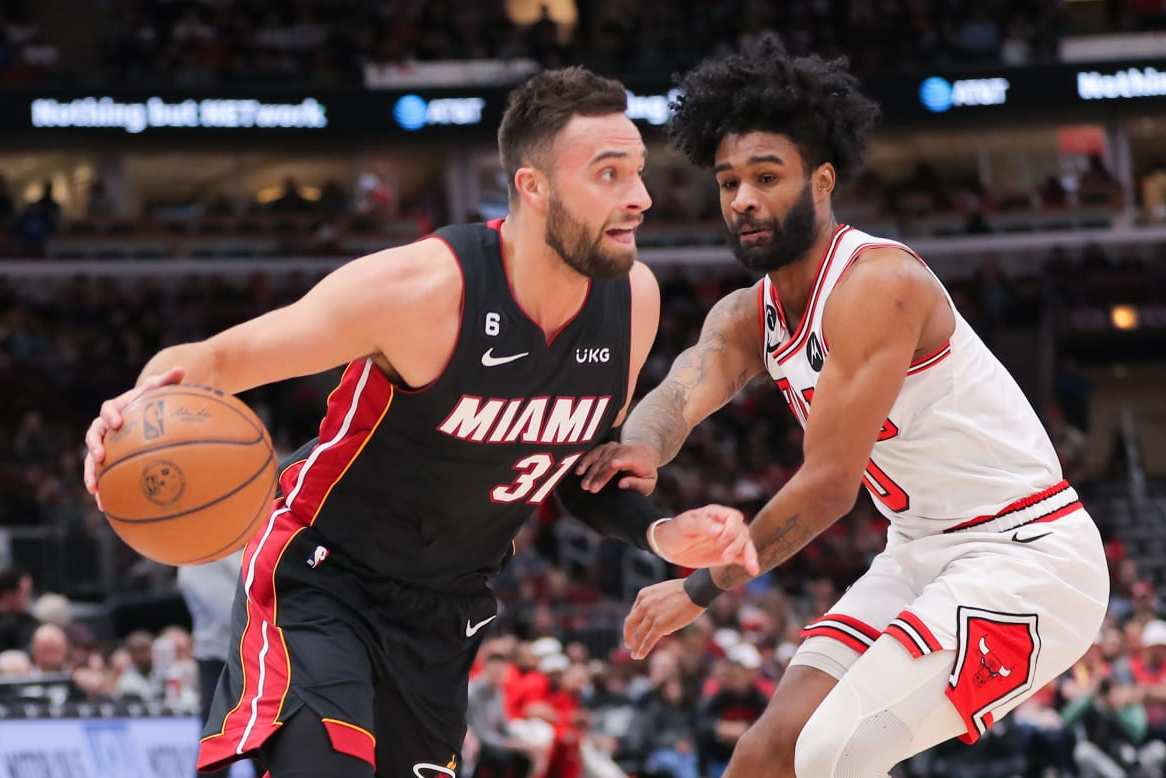
Shooting, playmaking and an upgraded center rotation rank as the Chicago Bulls' most pressing offseason priorities. In a perfect world, they'd address at least two of those in the same player.
Good luck with that.
Team governor Jerry Reinsdorf is notoriously cheap, and the Bulls will start fretting about the luxury tax depending on what they do with Ayo Dosunmu (Early Bird restricted) and Coby White restricted) after inking Nikola Vučević to a three-year, $60 million extension. Free agents who might sign for the bigger MLE are the right combination of plausible and ambitious.
Bagging Max Strus would be a home run.
His three-point efficiency dropped to 35 percent this season and slipped even further in the postseason (31.9 percent). But those clips came amid a steady diet of pull-ups and off-motion looks, on volume for which Chicago should endlessly lust (nearly nine attempts per 36 minutes during the regular season).
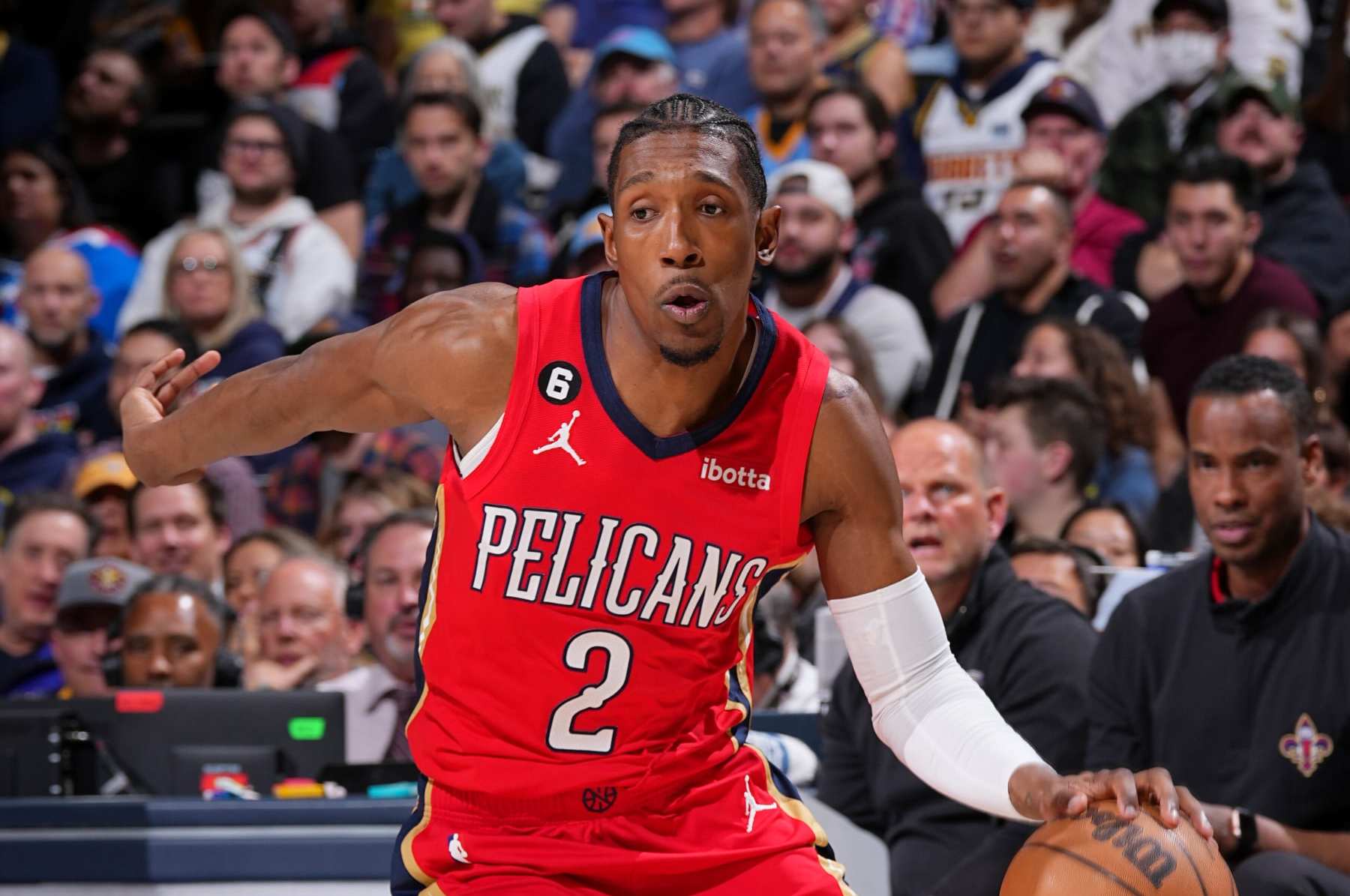
Close your eyes and point at any three-and-D wing who can feasibly log minutes in a playoff rotation. They will be on the Cleveland Cavaliers' offseason wish list.
Operating over the cap narrows what's already a thin list of options. But the Cavs have three things going for them: They are a fringe contender (at worst), have access to the bigger mid-level and can offer the chance to compete for a spot in their closing lineup. That should give them a leg-up on competitors dangling equal money.
Josh Richardson falls short of the coveted caps-lock SHOOTER designation, but he more than gets the job done. He drilled 36.5 percent threes on over four attempts per game last season while splitting time on the New Orleans Pelicans and San Antonio Spurs. Playoff defenses will hug him on the perimeter more than Isaac Okoro.
Bringing Richardson into the fold won't cost the Cavs anything at the other end. He is most effective defending either guard spot, but he is just big (6'5") and strong enough to tackle 3s and some 4s.
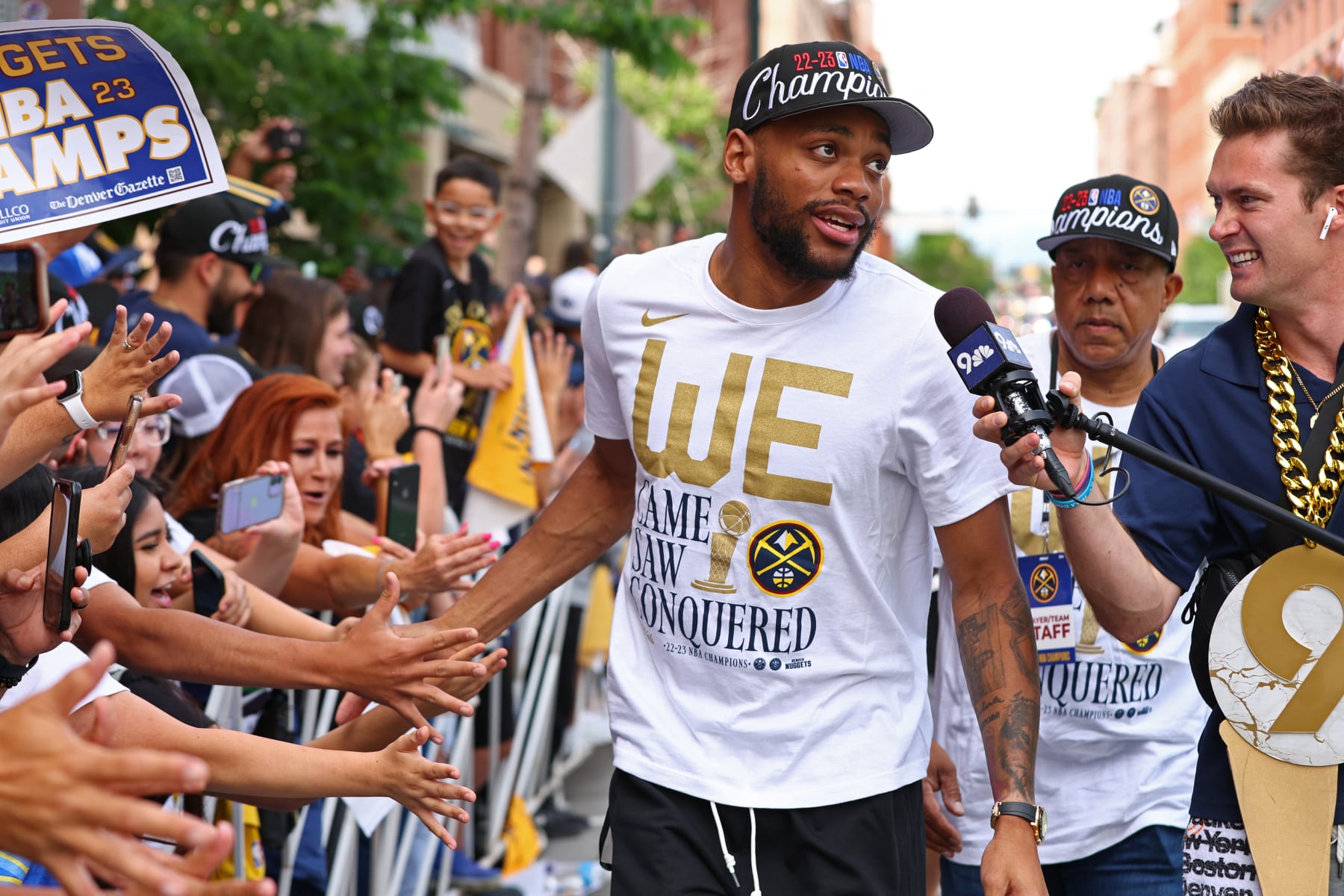
Retaining Bruce Brown is the Denver Nuggets' top priority this season—and it's not even kind of close.
Head coach Michael Malone has painted the 26-year-old's free agency as a non-issue. His optimism is admirable, but it may also be misplaced.
Denver can offer Brown up to a 120 percent raise from last season's salary. He is worth substantially more than under $8 million per year. Teams will drool over his rim pressure, ability to run some point and three-position defense. He should relatively easily command the non-taxpayer mid-level and could get appreciably more if prospective suitors trust his set three-pointer and/or appetite for guarding bigger wings.
Still, the Nuggets just won a title. The vibes are immaculate. So is Brown's fit.
Might he take a pay cut next year with the promise of receiving a bigger-money deal in 2024 using Early Bird rights? Denver sure hopes so.
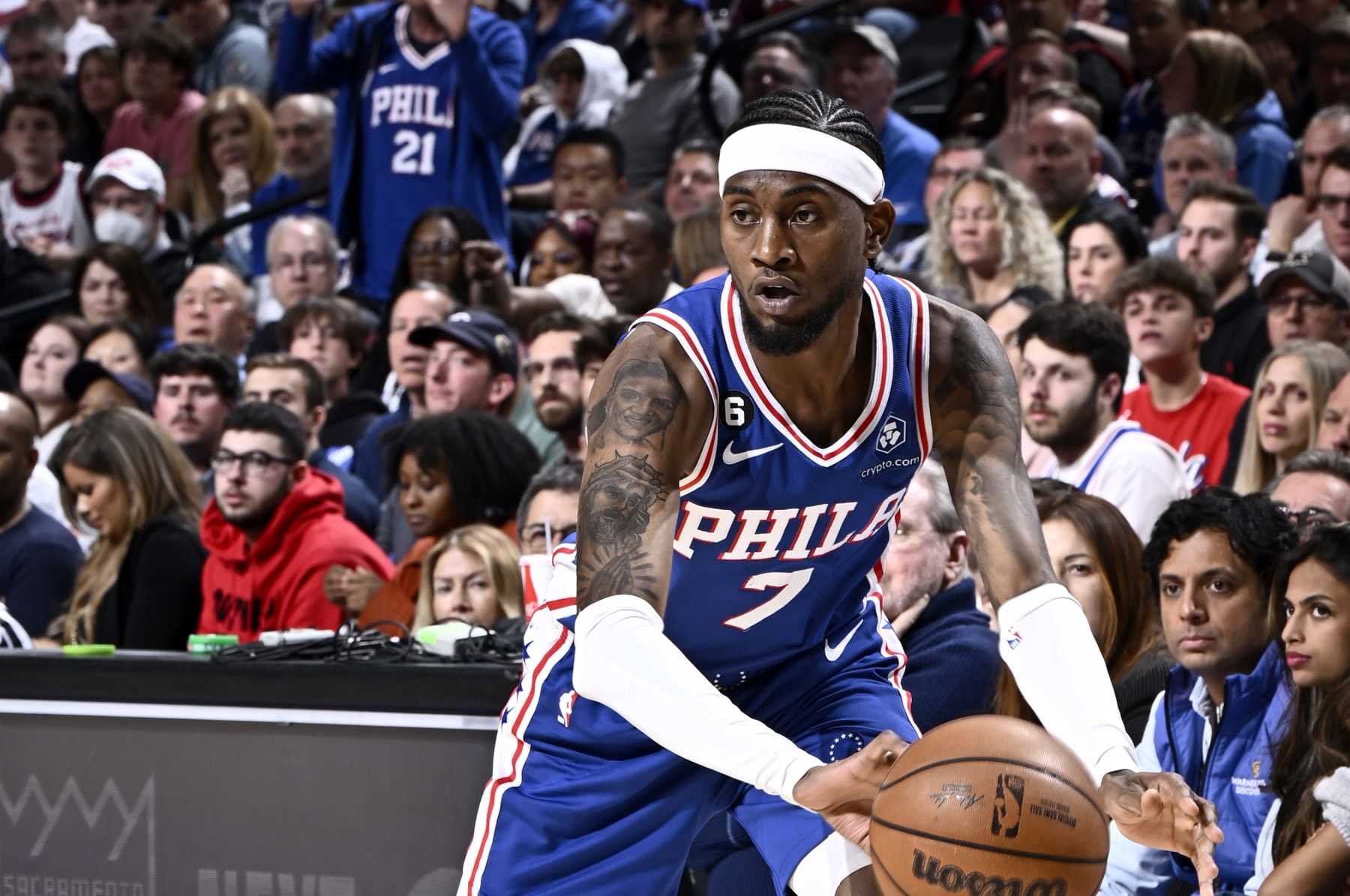
Jettisoning Dāvis Bertāns allows the Dallas Mavericks to think bigger. Scenarios in which they re-sign Kyrie Irving, who most likely isn't going anywhere, and unlock the bigger MLE are on the table.
Acquiring Richaun Holmes makes dreaming bigger slightly more difficult. A lot rests on Irving's cost of retention. Dallas may also decide it's better off splitting up the MLE among multiple signees.
Jalen McDaniels is a worthwhile middle ground—someone who scales to whatever spending range in which the Mavs land.
Though he doesn't replicate Dorian Finney-Smith's defensive value, the 6'9" combo forward fills a pretty huge void on the wings. He can capably guard across the 2, 3 and 4, and while his offensive portfolio is shaky, it's incredibly plug-and-play.
McDaniels can reasonably attack in open space and should drop in more than 33.8 percent of his zero-dribble treys when catching passes from Irving and Luka Dončić.
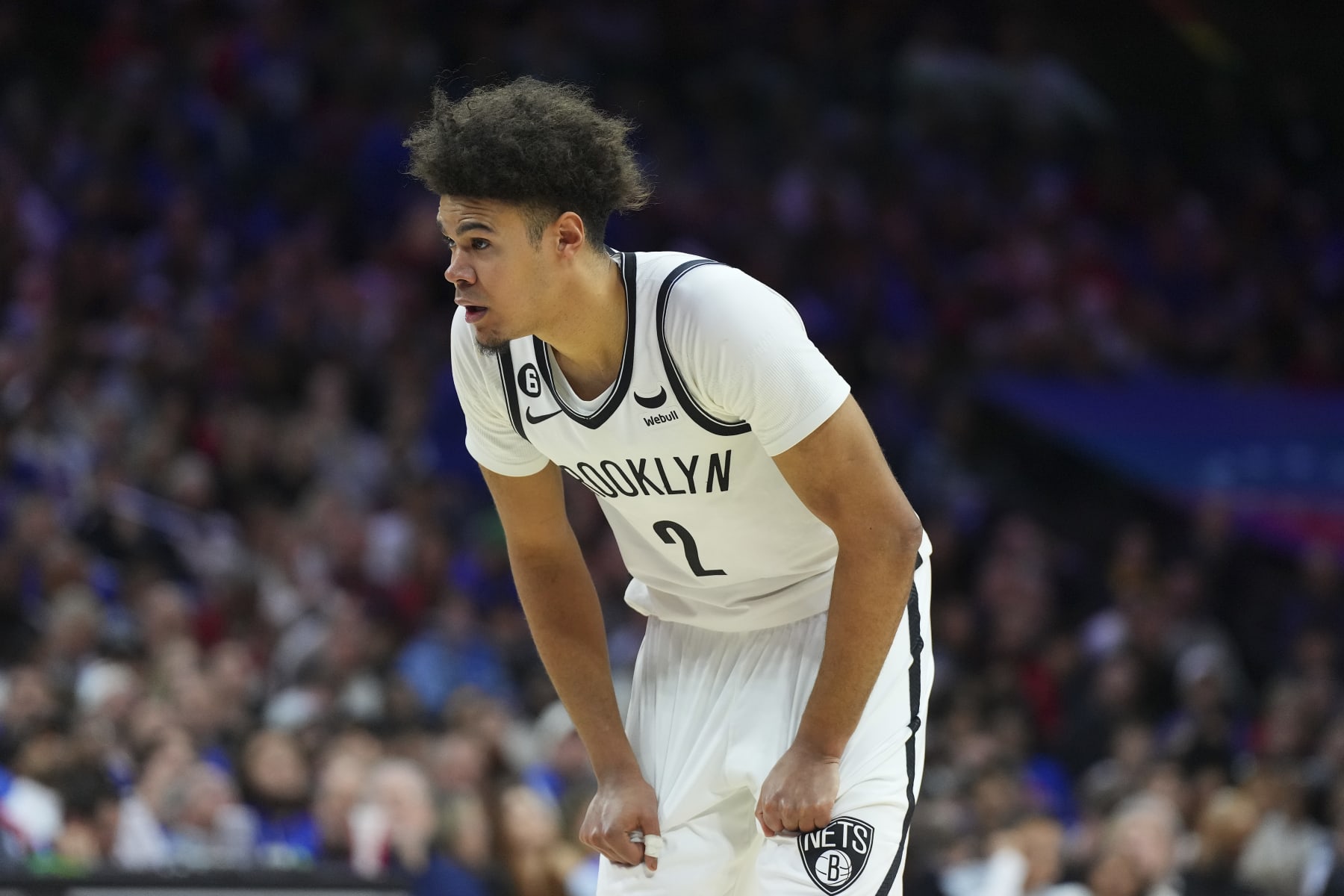
Sometimes, raging against the inevitable makes sense. This is not one of those times.
Cam Johnson is expected to receive a big-money offer from the Detroit Pistons, according to James L. Edwards III of The Athletic and NBA insider Marc Stein.
Though the Brooklyn Nets would be foolish let him walk for nothing, Detroit has the cap space to make their lives uncomfortable—or coax them into sign-and-trade talks.
The Pistons are looking at more than $29 million in spending power and have paths to dredging up more. Unloading that onto someone who's more of a 4 than a combo wing is somewhat questionable when Marvin Bagley III, Jalen Duren, Isaiah Stewart and James Wiseman are on the roster.
However, Detroit needs all the shooting it can get around Cade Cunningham, Jaden Ivey and Ausar Thompson.
Johnson is among the best in the business at opening up the floor. Defenses must respect his floor game, and he just drilled 45.8 percent of his catch-and-shoot threes while ranking in the 87th percentile of scoring efficiency coming off screens.
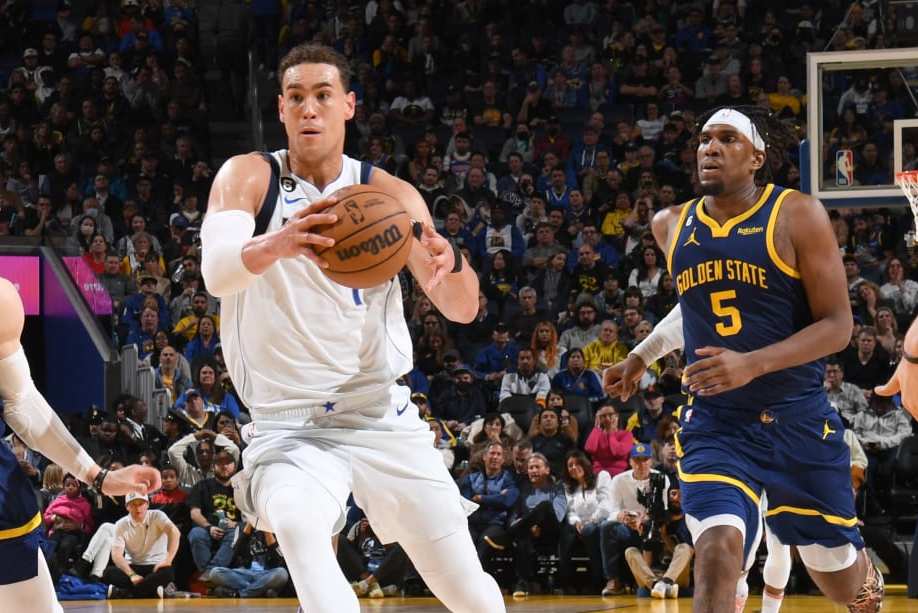
Prioritizing a rim-running big man goes against the very essence of the Golden State Warriors' offensive existence (insert James Wiseman quip here). Then again, the same could be said about the acquisition of Chris Paul.
Maybe his arrival is more about dumping Jordan Poole's extension. The Warriors are still, in all likelihood, going to start the season with Paul in the rotation. That suggests, and potentially mandates, they run more traditional pick-and-rolls, particularly when Stephen Curry is off the court.
Jonathan Kuminga could be ready to link up with Paul in those settings. It nevertheless behooves the Warriors to consider other options.
Dwight Powell would be perfect. He successfully finished 48 alley oops last year (1.19 per 36 minutes) and averaged 1.47 points per possession as the roll man (94th percentile).
This actually might be too perfect. Golden State can only offer a minimum salary. Another team, including Dallas, should be willing to go higher. But hey, you never know.
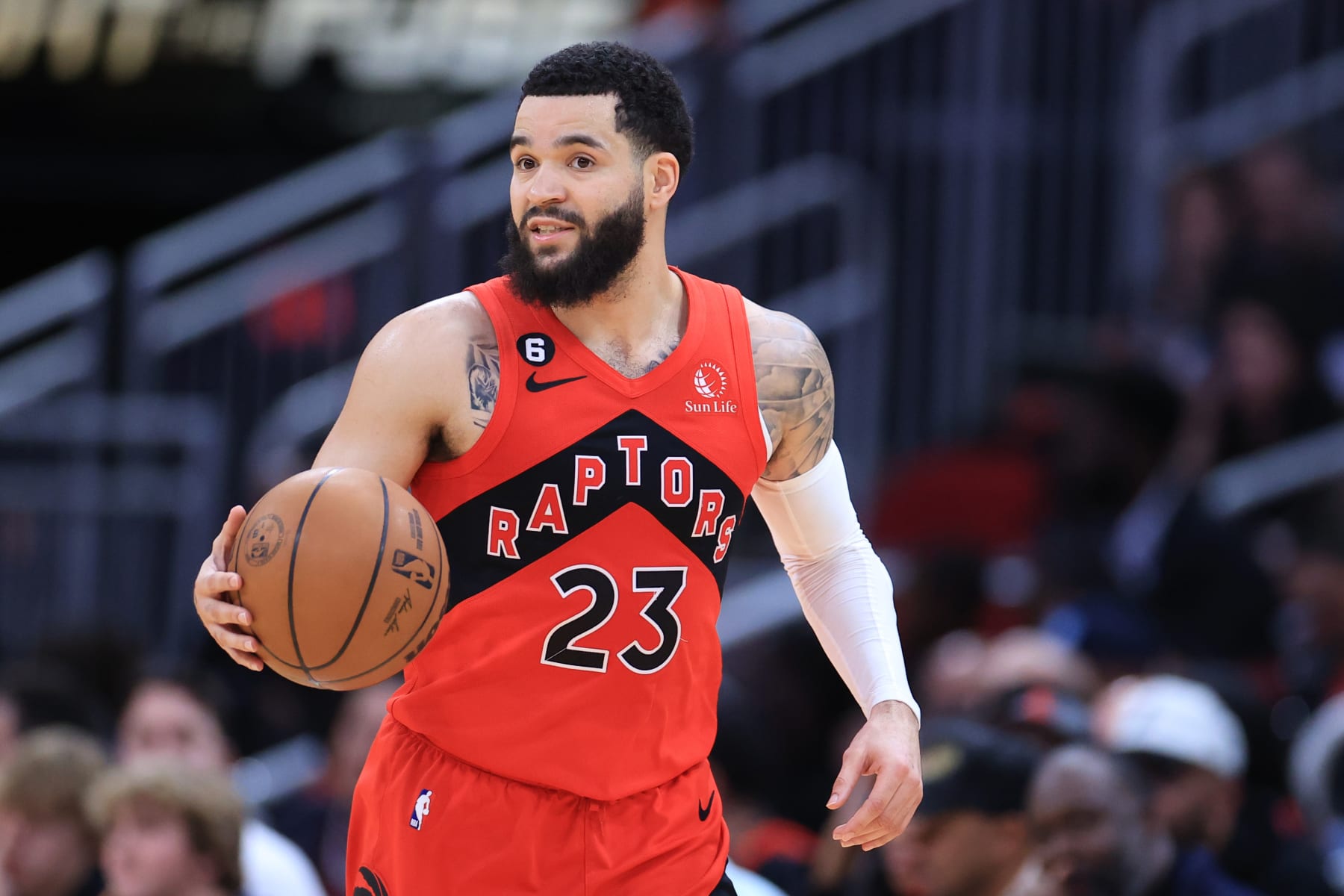
James Harden rumblings won't go away. Are they genuine? Or just the 33-year-old's attempt at gaining leverage over the Philadelphia 76ers using one of the few teams with max cap space?
For the Houston Rockets' sake, they should ensure it's the latter.
Even if they're looking to accelerate their timeline with draft obligations, they need someone who can complement the development of on-ball talents like Jalen Green and Amen Thompson. Harden's usage threatens to overshadow them.
Fred VanVleet is the cleaner fit—in just about every way imaginable. He's younger (29), cheaper, plays harder on defense and, most critically, has ample experience working away from the ball.
Houston does need a floor general to coordinate its offense amid functional breakdowns. That's not VanVleet's strength. But he's an impactful pick-and-roll orchestrator when plopped beside willing screeners. The Rockets have at least one in Alperen Şengün and potentially another in Jabari Smith Jr.
Surfing the market for a more conventional rim-runner to pair with FVV also wouldn't hurt.
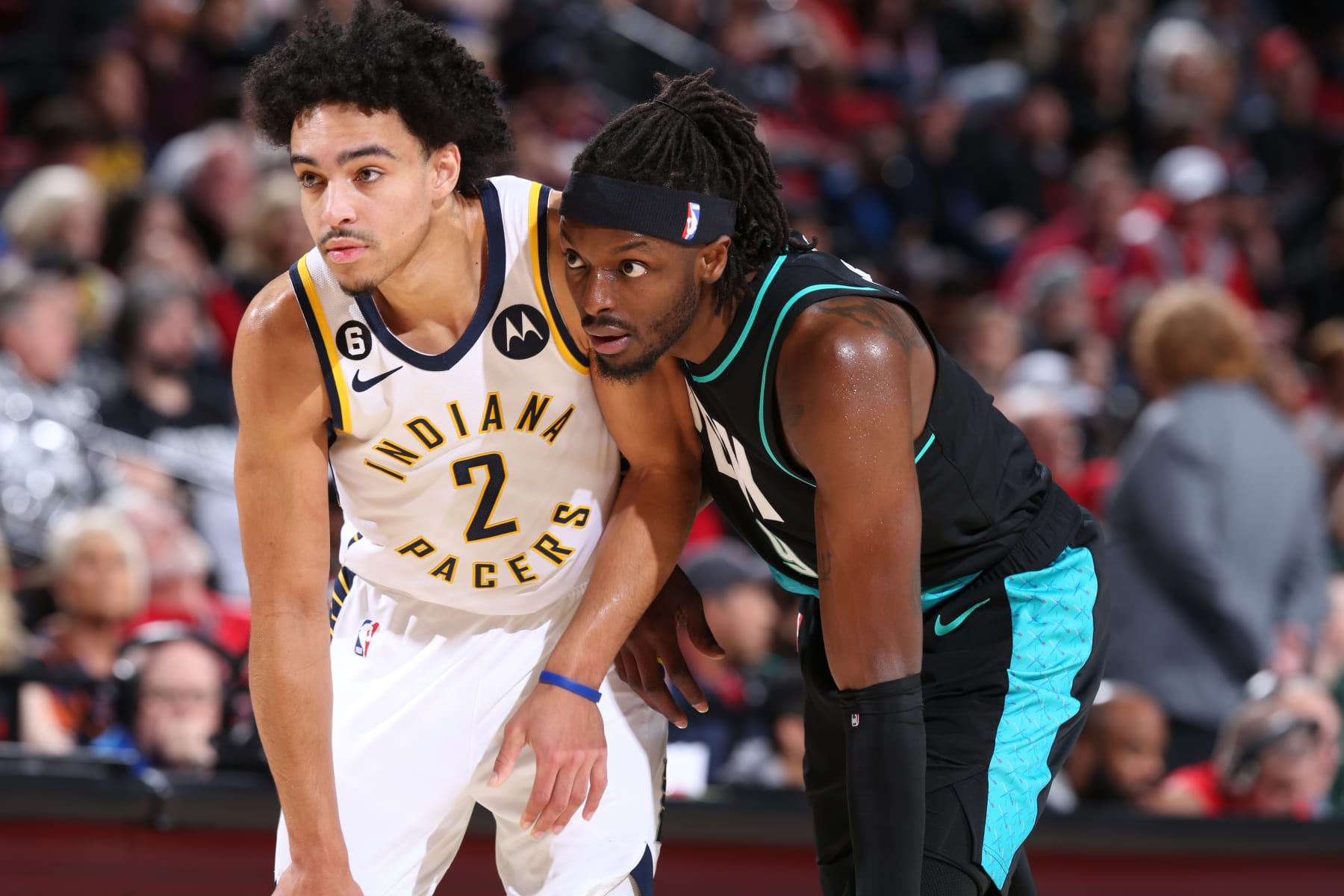
Funneling some or most of their $30-plus million in cap space toward a forward always needed to be the Indiana Pacers' plan. Their priorities should shift after landing Jarace Walker on draft night—but only a tad.
Rather than poking around 4s more adept at sliding up to the 5, they're best suited to pitching combo-wing types. That market is, admittedly, bare bones, but it does include Jerami Grant.
At 6'8", he can rumble with either wing spot, allowing him to share the floor alongside both Walker and Myles Turner. His offensive fit is equally comfy. Most of Indy's lineups offer the spacing to empower his on-ball proclivities, and he can still cut his teeth as a spot-up shooter and transition threat.
Whether Grant is actually gettable remains to be seen. Are the Portland Trail Blazers prepared to puh-ay him? Will other cap-space suitors enter the fray? Indy has the cash to make a competitive, if not winning, bid either way.

Russell Westbrook played well enough with the Los Angeles Clippers last season that they should be worried about losing him.
And, well, they might lose him.
Taxed out until approximately the end of time, the Clippers can only offer a 120 percent bump from the minimum-salary scale. And after Westbrook canned 35.6 percent of his treys in L.A. while ratcheting up his playoff defense, he should be able to secure the bi-annual exception ($4.5 million) or mini MLE at least from someone.
Fortunately for the Clippers, identifying the team that'll pay more for Westbrook is hard. He has real on-court value, but he requires pristine spacing around him and will likely want to play for a championship contender. The list of potential fits dwindles accordingly when applying that criteria (Boston?).
Is the 34-year-old simply willing to accept less to stay put? Could L.A. get him for a song next season and pay him more with Early Bird rights next summer as it did once upon a time for Nicolas Batum and Reggie Jackson?
Both scenarios are on the table—and possibilities the Clippers must actively pursue.
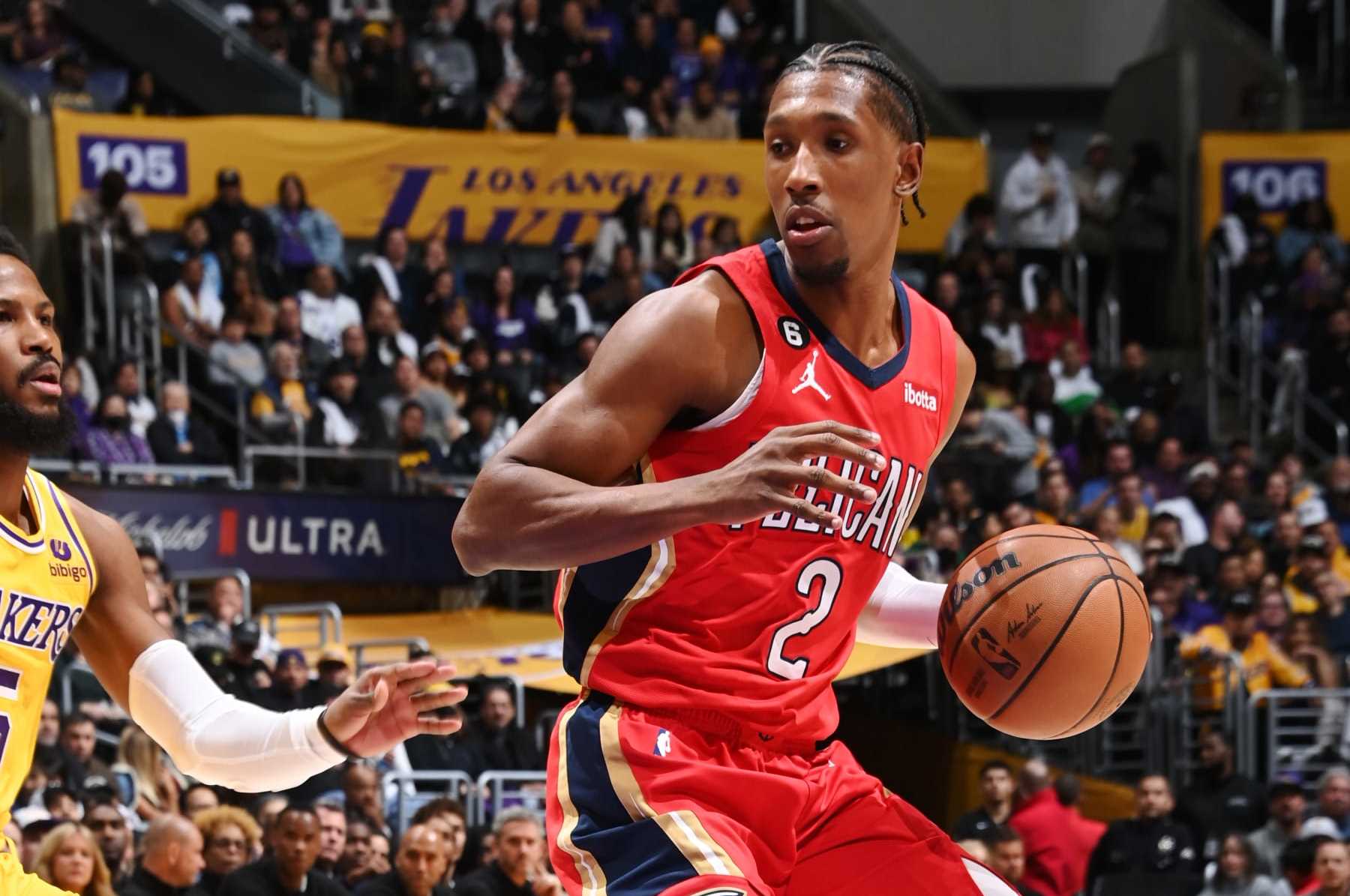
Spending ranges for the Los Angeles Lakers will vary depending on how they handle their own free agents. They could have cap space. They could have the bigger mid-level. They could have the mini mid-level. They could, technically, have no mid-level at all.
Penciling them in for the mini MLE makes the most sense. And for as much as many will implore them to target another big or off-the-bounce flier, we mustn't overthink this.
The Lakers need two-way wings. Any two-way wings. Actual, properly sized wings. Not guards masquerading as wings. Or combo bigs imitating wings. Wings. Period.
Josh Richardson satisfies that need. He hit enough of his threes last season to improve Los Angeles' floor balance (36.5 percent) and can still create the occasional jumper for himself. His defensive workload is most effective against smaller initiators—Jarred Vanderbilt will be thrilled—but he can rumble with power wings, too.
It may take some of that good ol' Lakers' mystique to enter the Richardson running. He could have offers in the bigger-MLE range. (Cleveland? Dallas? Memphis?) If he prices himself out of mini-MLE territory, guys like Torrey Craig and Jalen McDaniels should rise to the top of L.A.'s list.
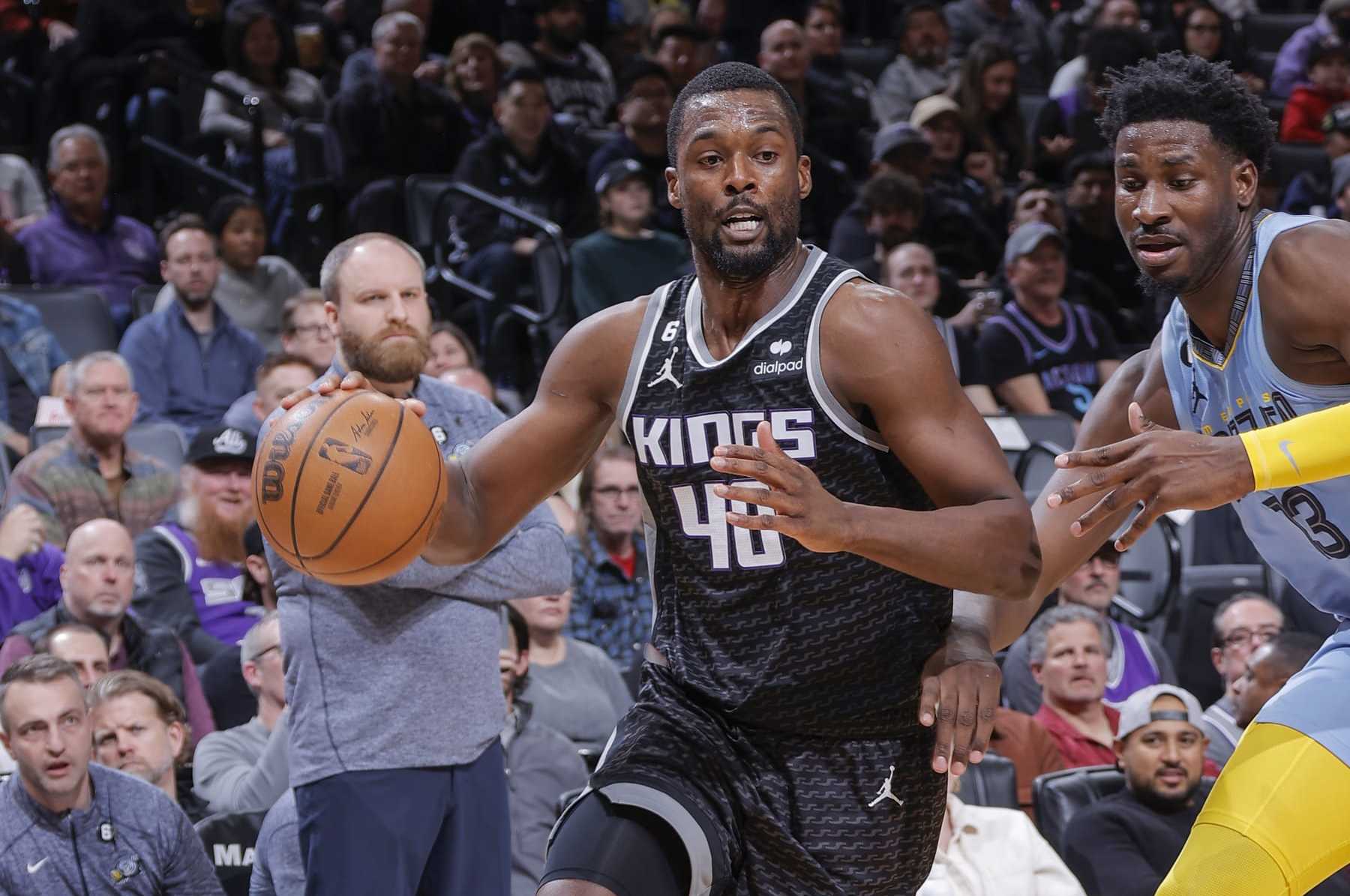
Trading for Marcus Smart was an understandable consolidation play from the Memphis Grizzlies, but it failed to address their biggest, longest-standing void: a combo forward who stretches the defense and has at least some semblance of a floor game.
The Grizzlies might opt to plug this hole on the trade market with a bigger name, if they look to plug it at all. They are also far enough beneath the luxury-tax apron to aggressively pursue higher-reward sign-and-trades.
Harrison Barnes is the happy medium. His defense has slipped, and he's best suited at the 4. But Memphis can get by with him at the 3 and has every incentive to slot him at power forward next to Jaren Jackson Jr. anyway. Those two, Smart, Desmond Bane and Ja Morant (after serving a 25-game suspension for "conduct detrimental to the league") make for one helluva closing lineup.
Landing Barnes, 31, will require the cooperation of the Sacramento Kings (sign-and-trade) or a tepid market. The latter isn't all that outlandish. He should get more than the bigger MLE, but if Sacramento renounces him to maximize cap space, the hot-for-Harrison destination isn't exactly obvious.
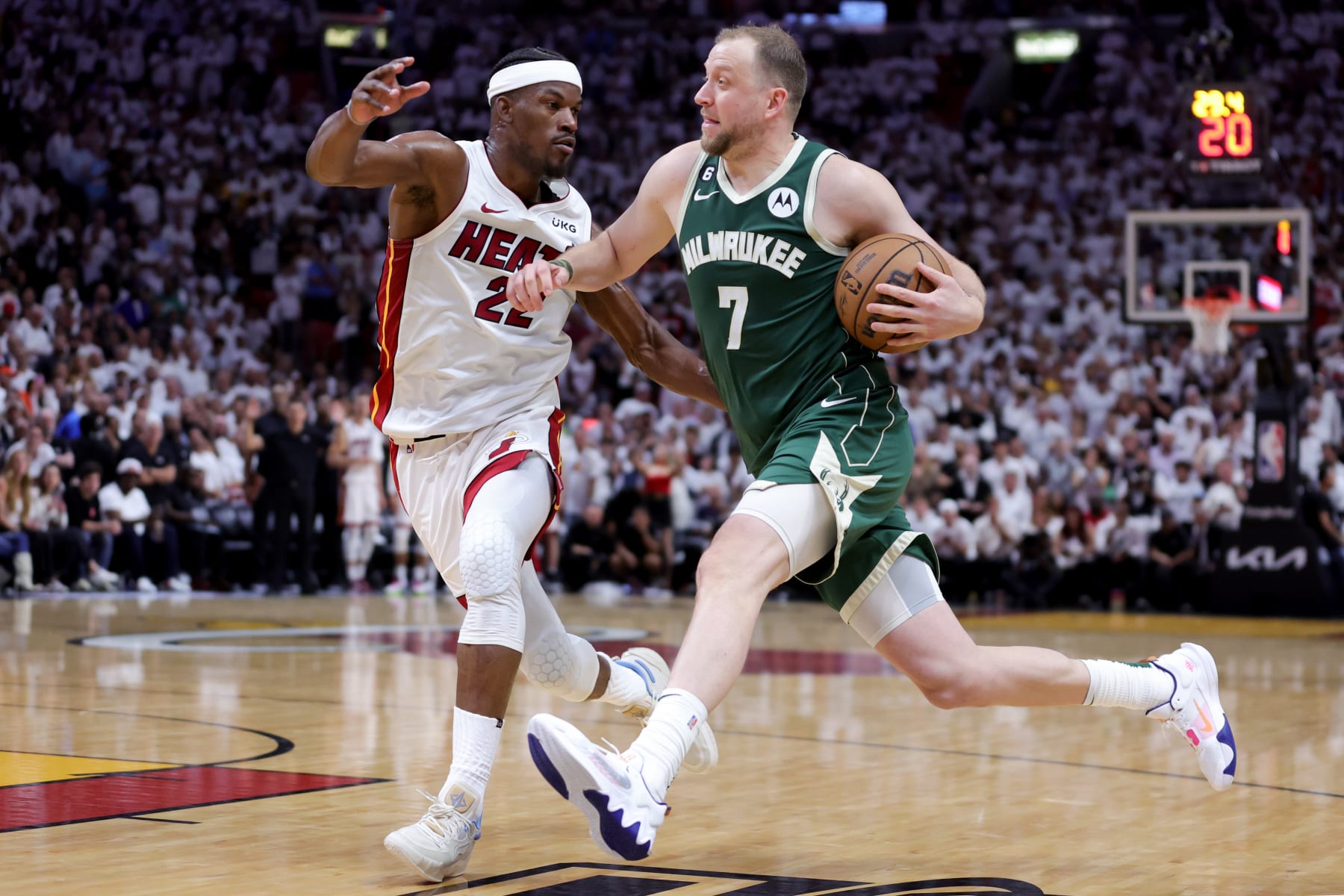
Carrying cap holds for Max Strus and Gabe Vincent just about takes the Miami Heat to the second luxury-tax apron. Ergo, they will be limited to offering minimum deals. (Believe the Kyle Lowry waive-and-stretch rumors at your own risk.)
Joe Ingles, though turning 36 in October, fortifies a number of Miami's widest cracks. He can sponge up reps at either forward spot, shot right around his career average from three last season (40.9 percent) and arms the offense with another person who can make decisions on the ball in the half-court
Age and recovery from a torn left ACL have sapped Ingles of his some chess-not-checkers defensive pizzazz. And he remains a little turnover-happy running pick-and-rolls. But league-minimum shoppers can't be choosy, and Ingles held up guarding mostly second-unit 1s, 2s and 3s in Milwaukee.
Miami should count itself fortunate if he's willing to join #HeatCulture for all it can offer.
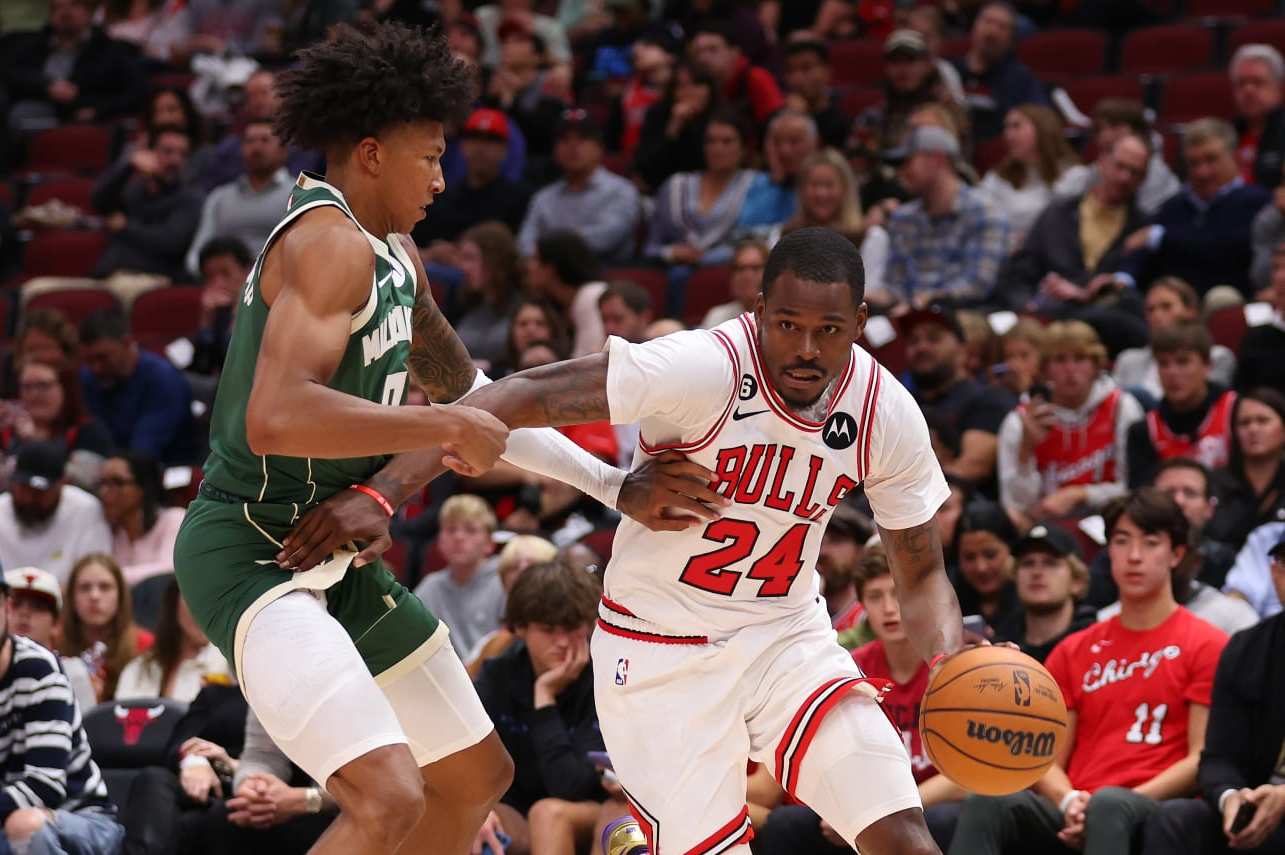
Assuming Brook Lopez and Khris Middleton are both back, the Milwaukee Bucks will be limited to baiting free agents with the league minimum. This isn't netting someone who cracks their preferred closing lineup. That move will have to come via trade.
Milwaukee should instead view free agency as a means to deepening a potentially fading perimeter rotation. Joe Ingles and Jae Crowder are both flight risks or actual goners. The Wesley Matthews era is probably over, and we shouldn't pretend to know whether MarJon Beauchamp is ready for an every-night role.
The Bucks are free to play their free-agency shopping safe, but they should have the stomach for more aggressive swings. Javonte Green qualifies.
A right knee injury cost him most of last season, and his recovery wasn't going well as of March. But the best version of him can guard everyone except centers, including massive wings, and converts enough of his open threes to play more than a bit part.
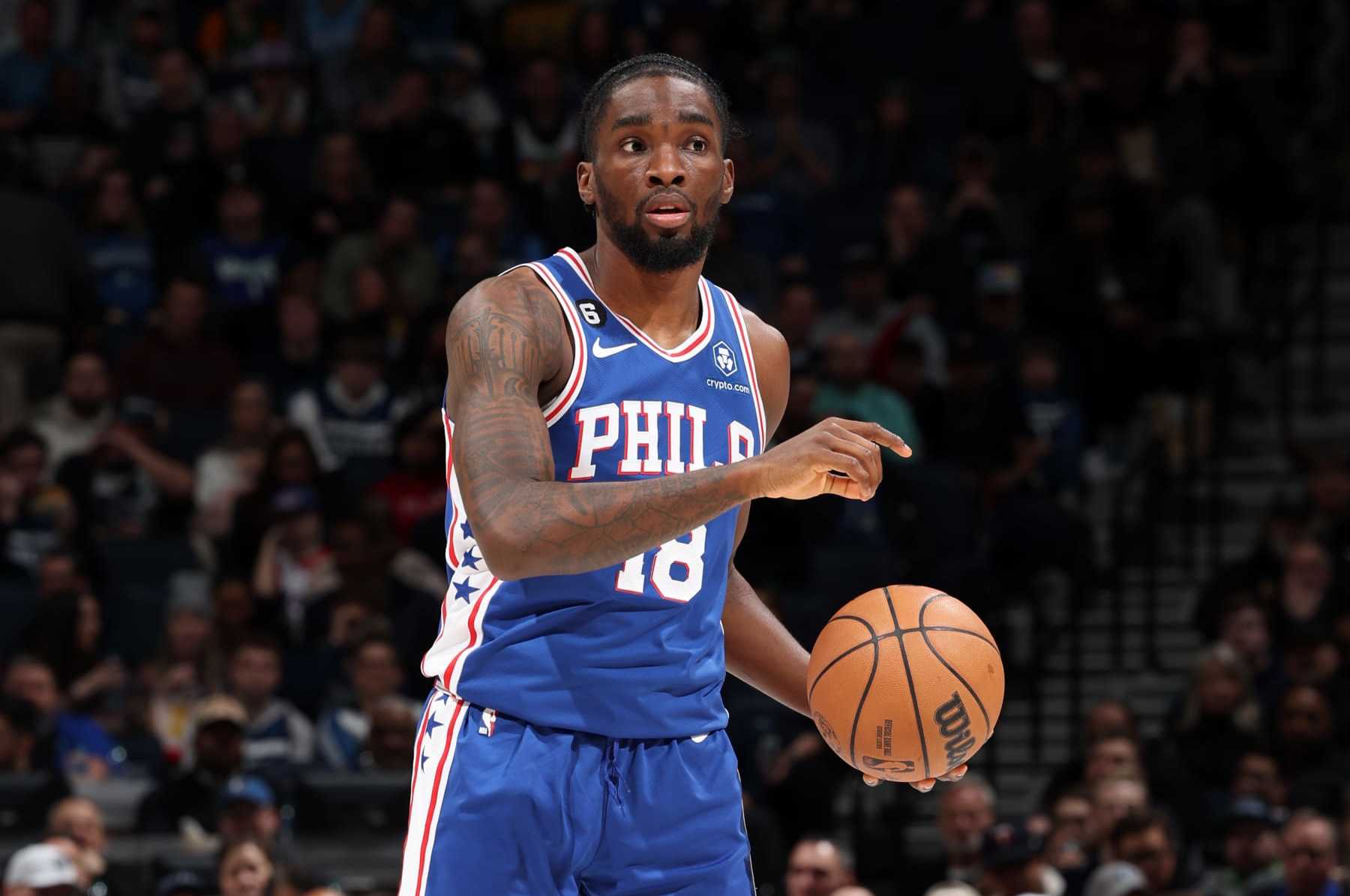
Extending Naz Reid likely takes the Minnesota Timberwolves out of the bigger mid-level pool unless they cut salary elsewhere or commit to entering the luxury tax. Waiving Taurean Prince adds flexibility, but re-signing Nickeil Alexander-Walker (restricted) could nix bigger-MLE hopes altogether if they refuse to enter the tax whatsoever.
Candidates for the mini MLE, part of the bigger MLE and less will be the Timberwolves' bread and butter. That money is best spent on a backup point guard or additional shooting.
Or, of course, someone who provides both.
Enter Shake Milton.
The 26-year-old didn't play a glamorous role for the Philadelphia 76ers last year, but he brought an air of offensive steadiness through some of their more injury-riddled stretches.
Milton can competently initiate half-court sets; will maintain his dribble amid hesitations and changes in direction; knows how to finish at the rim; and just knocked down 37.8 percent of his threes, including 40 percent of his catch-and-fire treys.
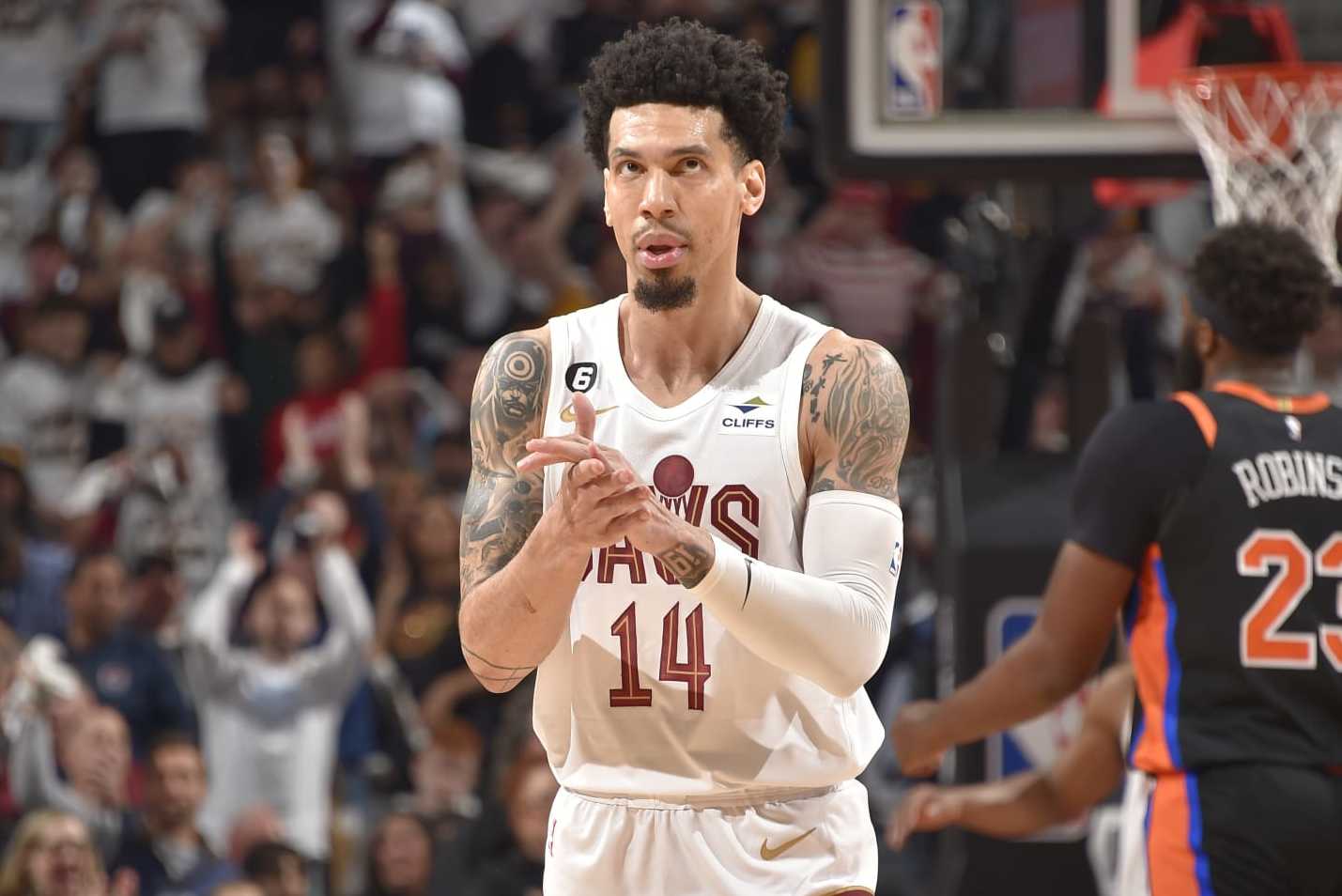
Does Danny Green, at age 36 and barely one year removed from suffering a torn LCL and ACL in his left knee, pack enough punch to move the needle whatsoever for the New Orleans Pelicans?
I won't say the answer is immaterial, because it's not. But this isn't entirely about paying him to play serious minutes.
New Orleans is a stone's throw from the luxury tax without factoring in holds for Jaxson Hayes (restricted) or Josh Richardson. The Pelicans are also All First Team Totally Not Paying the Tax Next Year. I'll be pleasantly surprised if they spend the equivalent of the mini mid-level.
That's a little disheartening given New Orleans could stand to diversify the frontcourt and add shooting. And yet, the Pelicans are absurdly deep at full strength—deep enough that any mid-level signing at all is unlikely to play a gargantuan role independent of numerous injuries. Their biggest swings will be reserved for the trade market.
In the meantime, New Orleans can do far worse than throwing slightly-above-minimum money at a career 40 percent three-point marksman who would give it a strong veteran presence inside the locker room.
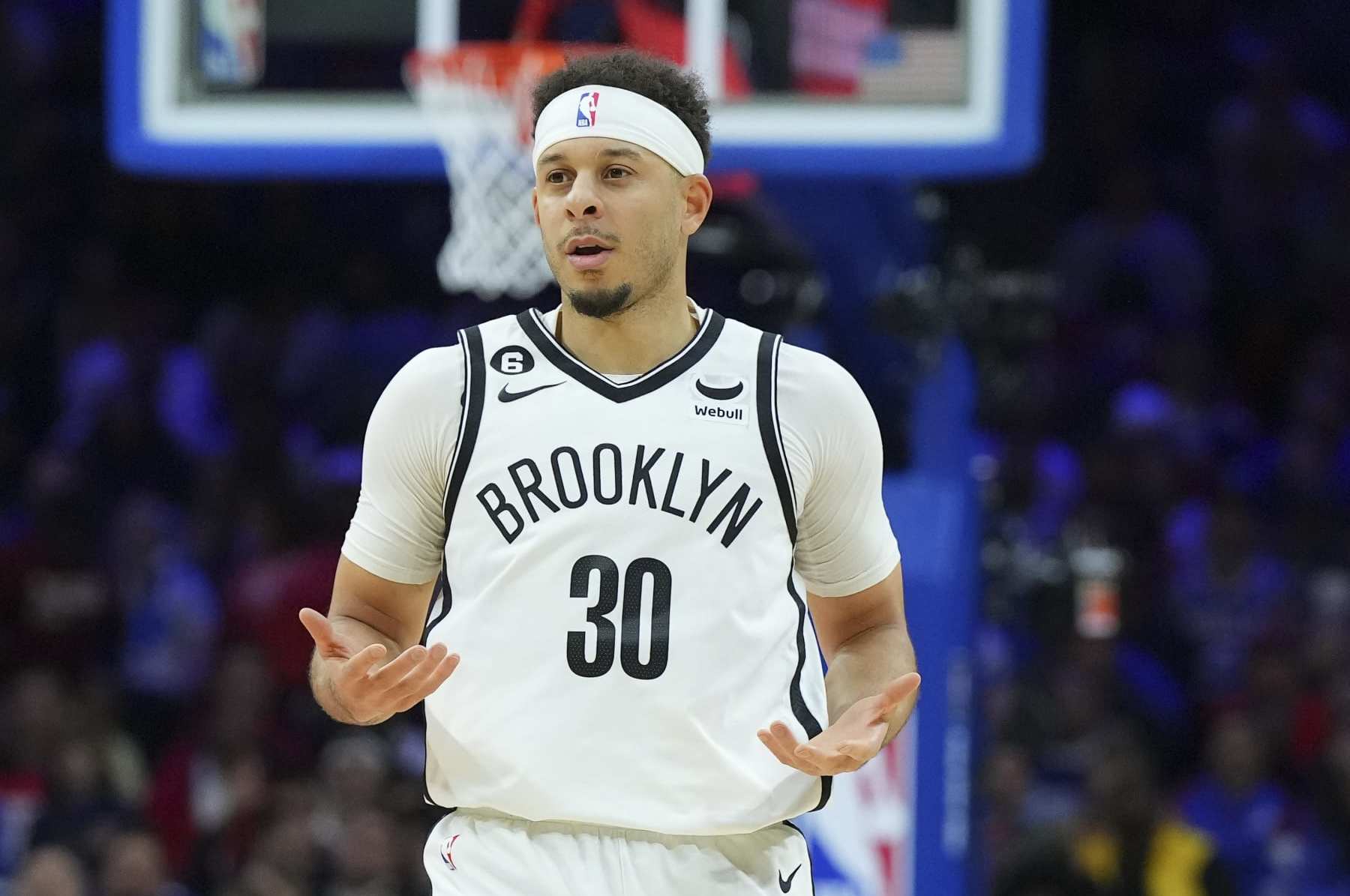
My Bleacher Report colleague, Grant Hughes, made the case for the New York Knicks to sign Seth Curry, and his reasoning was spot on:
"No playoff team canned a lower percentage of their three-point shots than the Knicks. Cite their lack of secondary playmaking, ankle injuries to virtually every key piece of the rotation or whatever else you like, but 29.6 percent shooting from distance was the main reason New York's postseason run ended in the conference semifinals.
"Seth Curry can help with that. The 32-year-old guard shot 40.5 percent from deep for the Nets last season and ranks fifth all-time (among players with at least 1,500 career attempts) at a scorching 43.5 percent."
Certain fans and analysts will clamor for a bigger splash. They need to relax.
Ideally, New York needs to secure shooting that cracks its most used closing lineups. Limited size, defense and on-ball creation ensures that won't be Curry. But the Knicks will have a near-impossible time adding a reliable closer with part or all of the bigger MLE.
Save the larger aspirations for the trade machine. Curry is both gettable and serves a purpose.
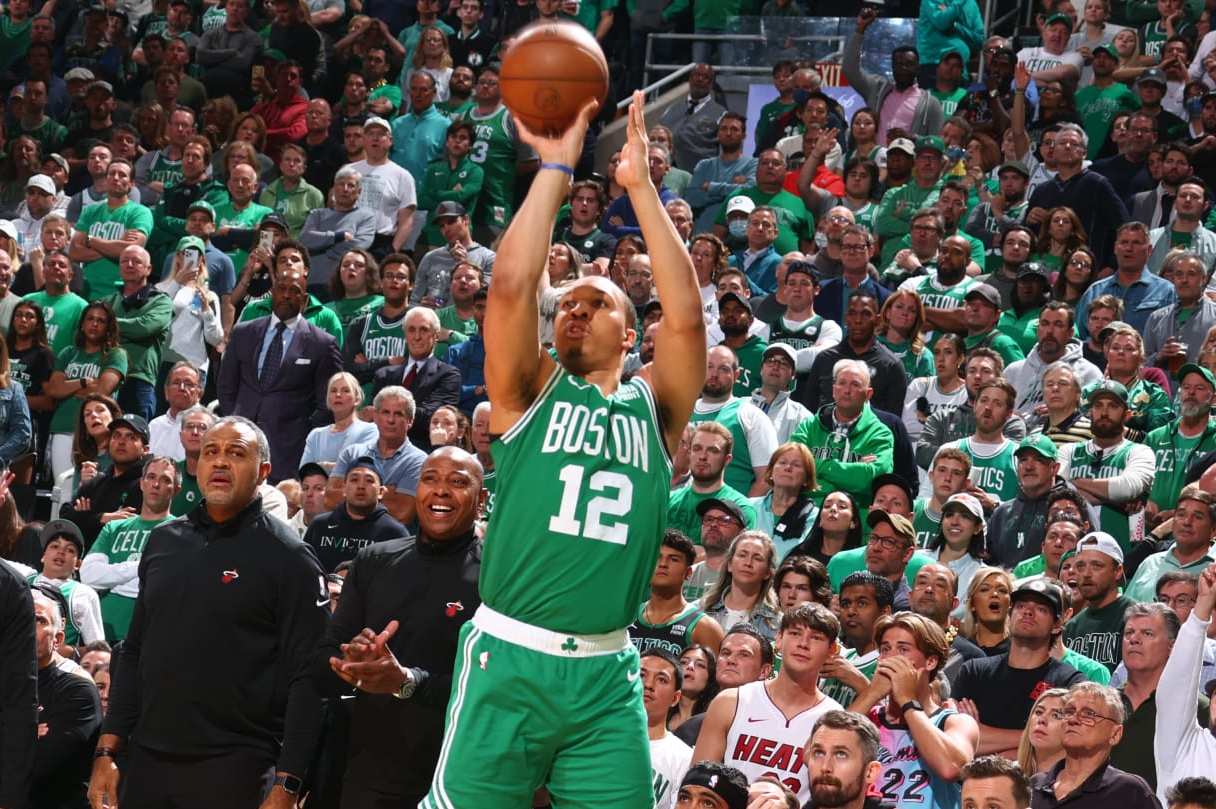
Raise your hand if the Oklahoma City Thunder crushed your soul by using most of their cap space to absorb Dāvis Bertāns and land Cason Wallace.
Not-so-deep down, we all knew executive vice president Sam Presti would do something like this—that he wouldn't use $30-plus million in space to accelerate the team's spot in the Western Conference. That's probably the right call.
But I was hoping so much that he'd throw a ton of money at Brook Lopez or P.J. Washington (restricted) to make beautifully filthy frontcourt music alongside Jalen Williams and Chet Holmgren.
Anyway, the Thunder still need reliable shooting and another body to pair up front with Holmgren. Bertāns doesn't offer enough defense, but Grant Williams does.
The 24-year-old won't address the lack of size or presence on the glass, but he's super switchable and shooting 39.7 percent from downtown over the past three seasons.
OKC has enough remaining cap space (over $14 million) to make a competitive run at him. Whether it has the roster space is a different story. Sixteen spots will be spoken for if the team guarantees salaries for Isaiah Joe, Jeremiah Robinson-Earl, Lindy Waters III (team option) and Aaron Wiggins.
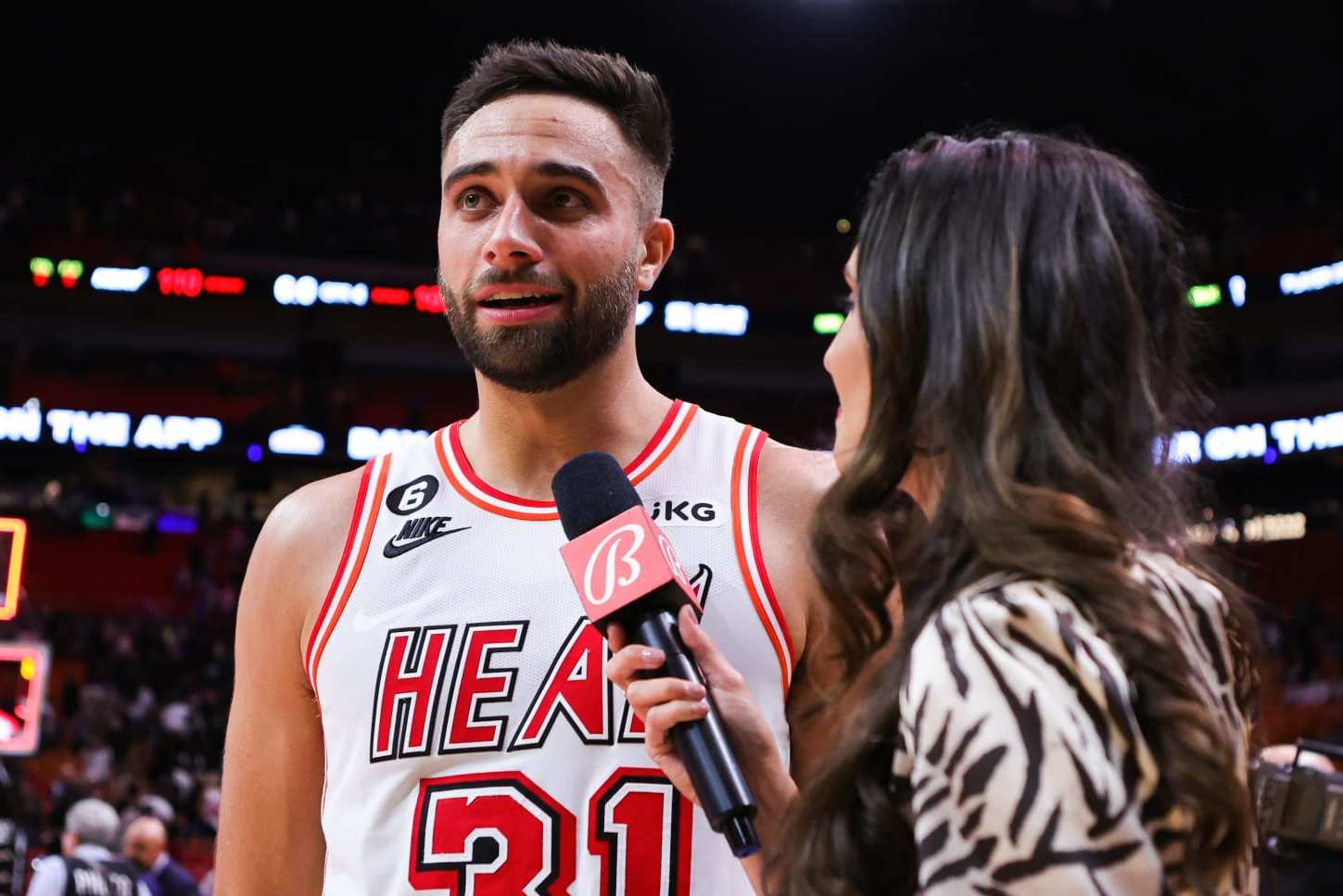
Adding shooters is mission critical for the Orlando Magic when looking at their primary creator-types.
Paolo Banchero, Anthony Black and Markelle Fultz all have limitations on their jumpers, and last season's offense ranked 26th in half-court efficiency as well as bottom seven in both three-point accuracy and volume.
Franz Wagner, Gary Harris and Jett Howard all help open the floor away from the ball. Jalen Suggs shot 38.2 percent from long distance over his final 30 games, as well. But the Magic still need a proven sniper who can launch off motion and, in a pinch, off the dribble.
Don't let Max Strus' slumping outside clip—35 percent in the regular season, 31.9 percent in the playoffs—fool you. He bends defenses sprinting off screens and doesn't need a ton of room, time or balance to let 'er rip.
Luring the 27-year-old away from the Miami Heat will prove costly. They understand his value. They're also staring the "Supertax" right in the face.
Orlando, by comparison, has more than enough cap space ($23-plus million) to give Strus a demonstrative raise without actually breaking its bank.
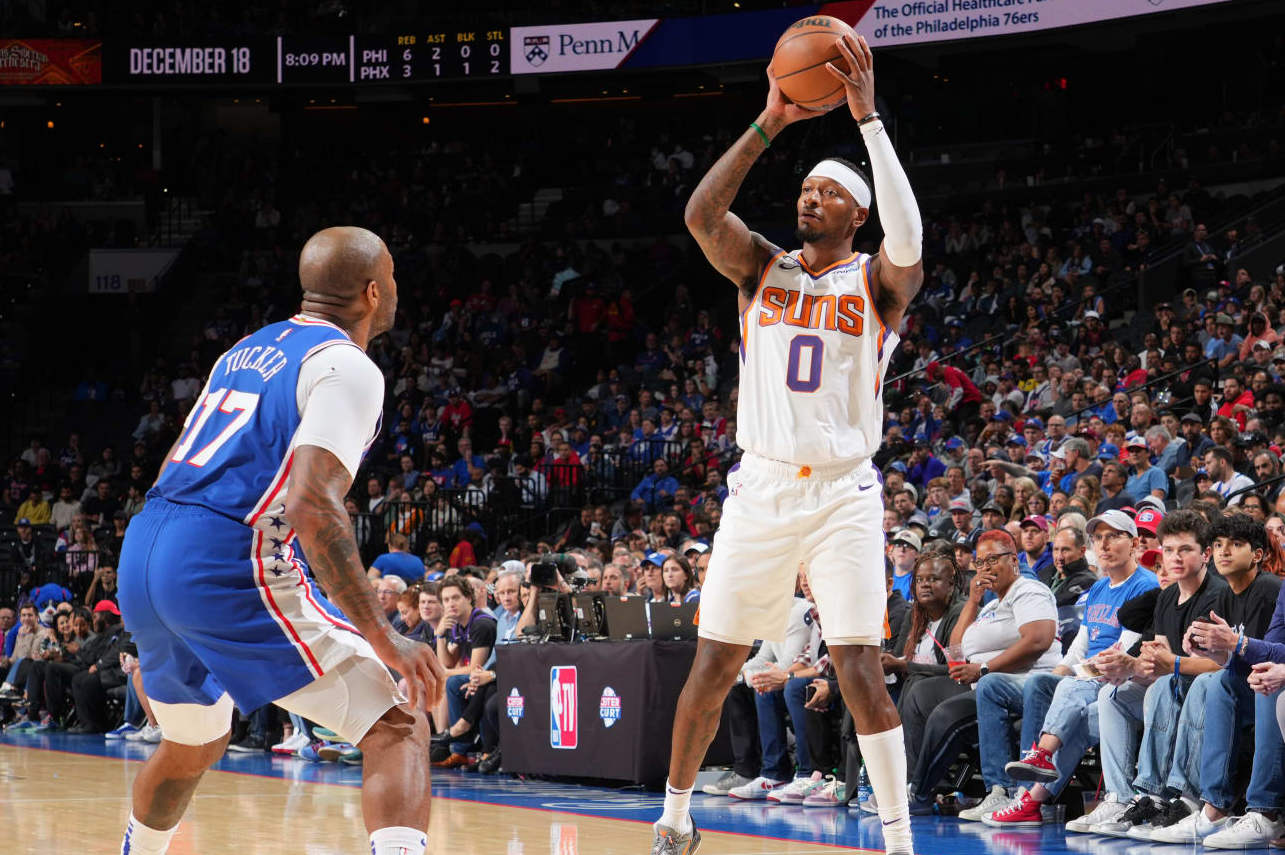
Everything about the Philadelphia 76ers' free-agency process hinges on James Harden (player option). Rolling with Torrey Craig presumes he will return, which, let's face it, is the most likely outcome.
Philadelphia will be working with the mini mid-level if Harden stays. It could take more than that to whisk Torrey Craig away from the Phoenix Suns. They have his Early Bird rights and absolutely no means to replace him.
Selling him on a change of scenery gets easier if the money's similar. His spot in the Phoenix rotation waned by the end of the postseason. The Sixers can guarantee more minutes across both forward spots, especially if they end up rerouting Tobias Harris' expiring contract.
Craig is, in many ways, the quintessential Harden complement—more so than incumbent free agent Jalen McDaniels.
Nearly half of his attempts last season came as spot-up threes, which he drilled at a 40 percent clip. His defense continues to hold up against bigger wings and some smaller point-of-attack assignments, and he would boost Philly's shaky presence on glass.
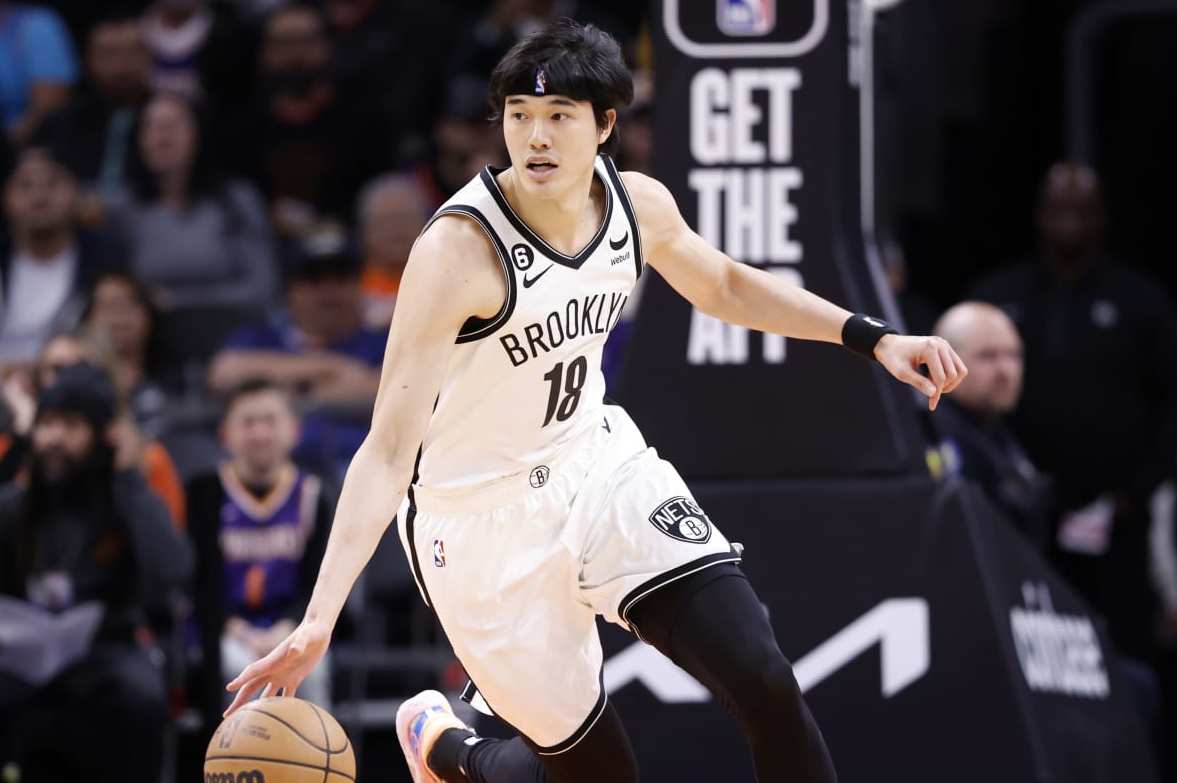
Yuta Watanabe and the Phoenix Suns make too much sense together. Kevin Durant loves him, which helps.
However, the Suns also desperately need cheap free agents who can soak up consistent minutes, space the floor and not torpedo what already profiles as an iffy defense.
This describes Watanabe to a T.
Noticeably more than half of his shot attempts last season came off the catch, on which he posted a 68.6 effective field-goal percentage. His defensive malleability won't just preserve Phoenix's defense but elevate it. He shouldn't be tussling with premier advantage creators, but he has the size and mobility to cover 2s, 3s and 4s and is a strong helper from just about anywhere on the court.
Pursuing the 28-year-old could get dicey. He won't cost the moon, but the Suns don't have more than a grain of lunar sand to offer.
In a market basically devoid of talented wings, Watanabe could command more than the league minimum—a price Phoenix better hope it doesn't have to beat, because it can't.
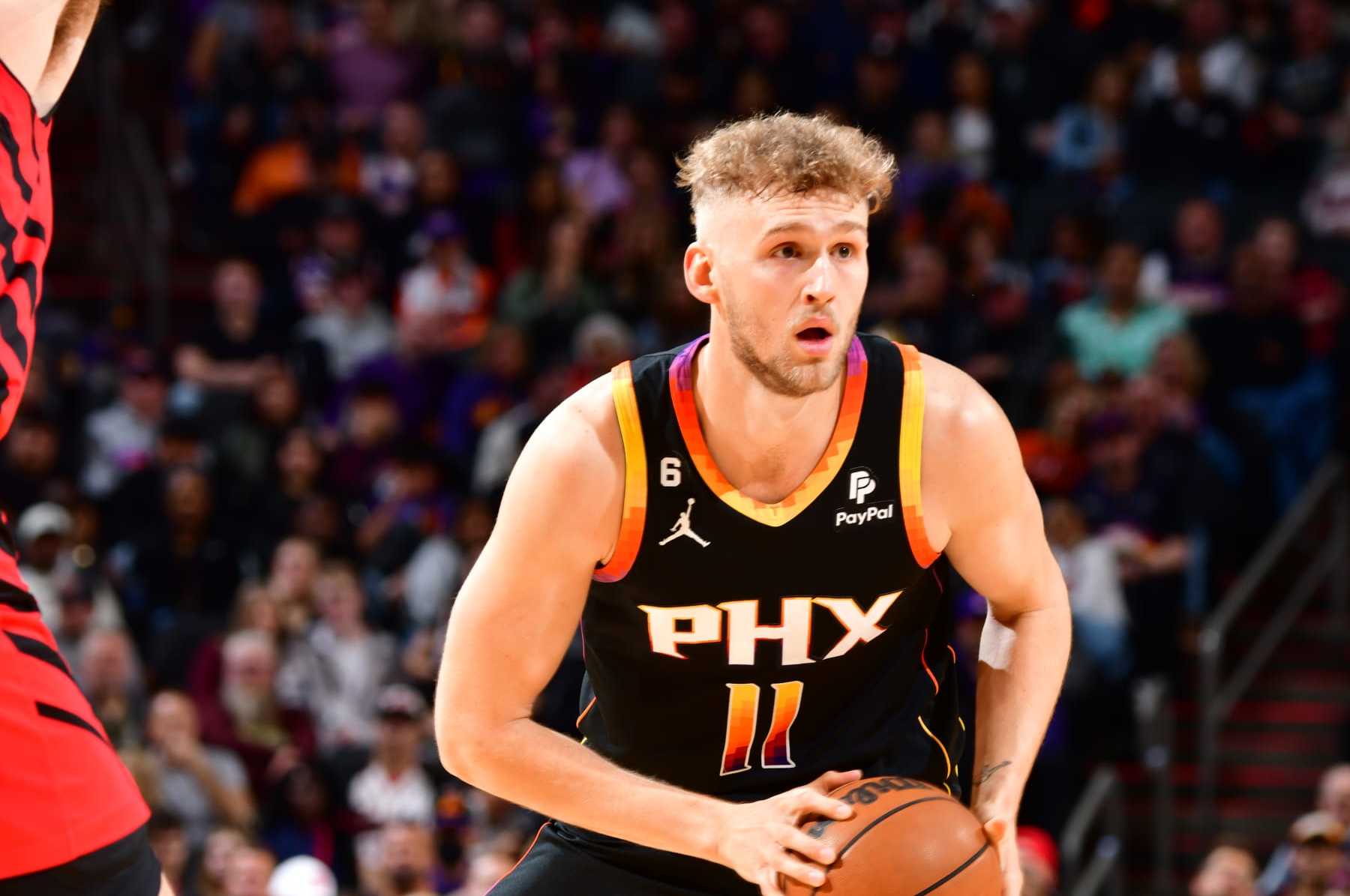
Tying the Portland Trail Blazers to Jock Landale presumes they'll be peddling the mini MLE or less. That's where they should wind up if they re-sign Jerami Grant and restricted free agent Matisse Thybulle. (Declining Cam Reddish's qualifying offer opens up more bigger-MLE scenarios, though.)
Modernizing the big-man rotation is an overdue undertaking. Jusuf Nurkić has extended his range beyond the three-point line (36.1 percent on 2.3 attempts per game last year) and can hold up as a standstill rim protector but grades out as a defensive liability once he's pulled away from the basket.
Landale has the mobility to stand up against switches and recover to contest shots at the hoop from further away. Opponents hit just 58.1 percent of their looks against him at the basket—right in line with their clip when challenging Nurkić (57.9 percent).
Portland loses three-point volume and efficiency going from Nurkić to Landale, but the latter can still pick-and-pop.
More than that, this isn't about replacing Nurkić. It's about deepening a center rotation that includes him.
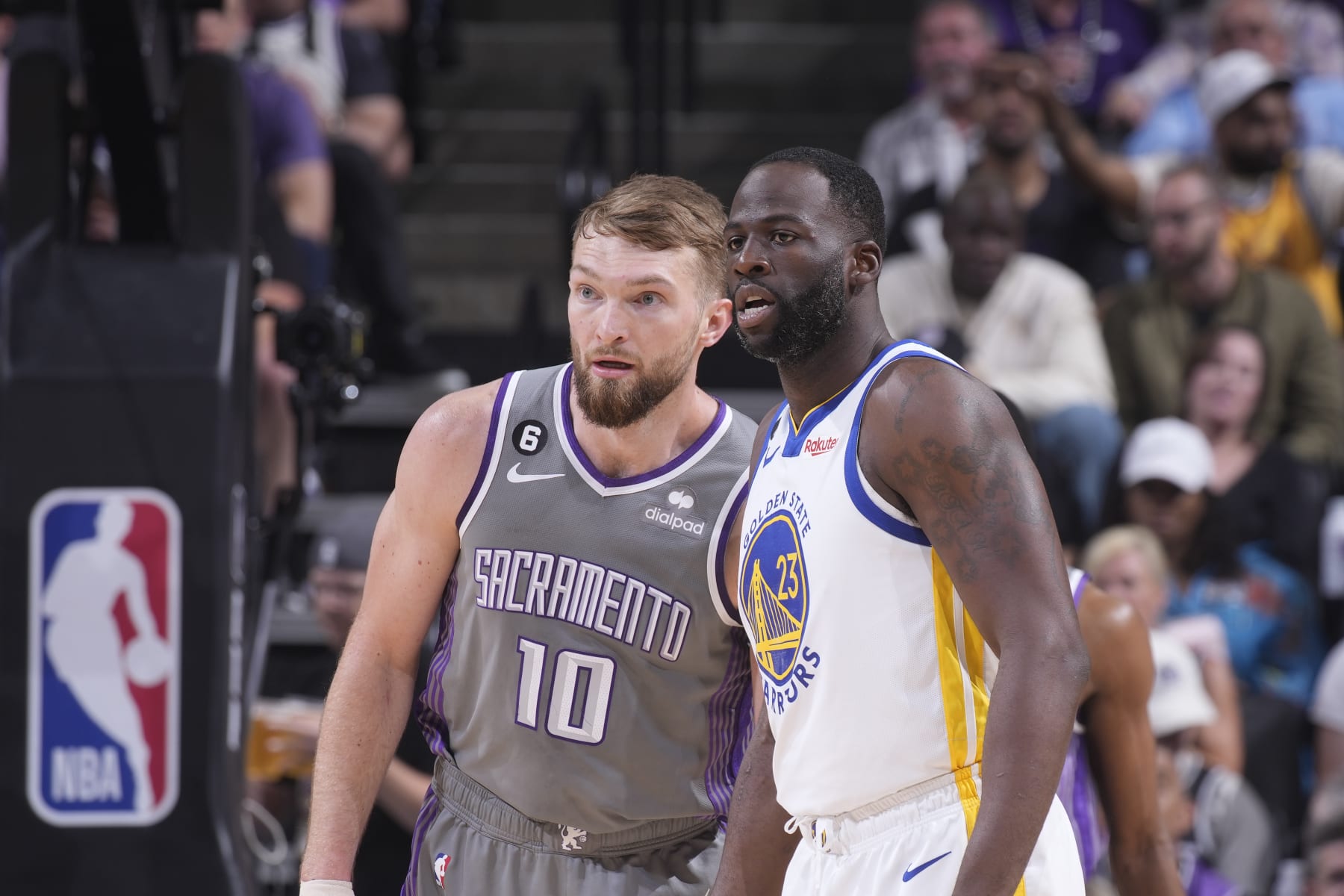
Yours truly suggested Draymond Green would be a quality fit with the Sacramento Kings back in May—before it was cool. Now, it's kind of cool. And makes sense.
The 33-year-old has extensive ties to head coach Mike Brown, and Sacramento has the cap space to target a much-needed defensive anchor.
Offloading Richaun Holmes leaves the Kings with almost $35 million to burn while carrying Trey Lyles' hold. That is enough money to get in the Green business.
Concerns about the fit are overblown. Spare us the "But Green stomped on Domantas Sabonis" outrage. They'll bury the beef if they're teammates. And the offensive spacing, while imperfect, is eminently workable.
Screening, slipping and passing from both can forge breathing room in tight quarters. Green has enjoyed plenty of success alongside Kevon Looney, a total non-shooter, and Sacramento can always stagger the two bigs by deploying the former at backup 5.
Pipe dream? Maybe. But there's no point in creating max-ish cap space without aiming big. The Kings can pivot to Jerami Grant, Grant Williams (restricted) or other contingencies if it doesn't pan out.
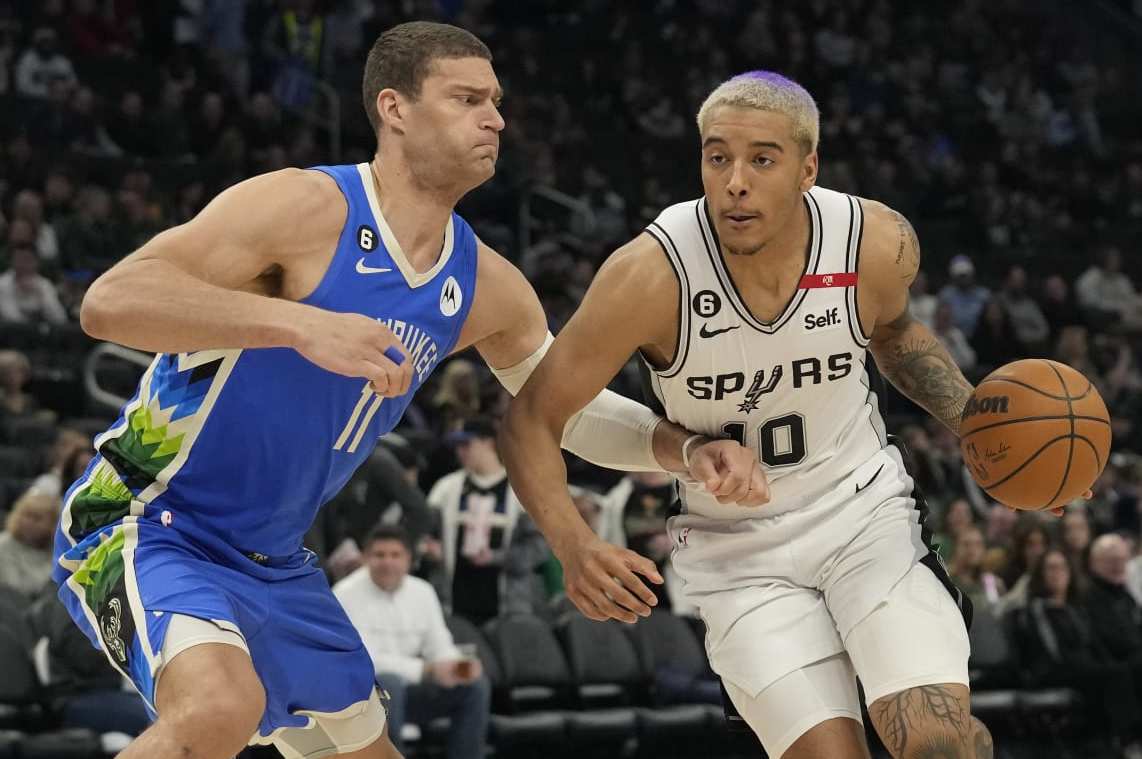
Chasing a 35-year-old big man technically runs counter to the San Antonio Spurs' timeline. They remain in the early stages of a rebuild, and Brook Lopez alone doesn't vault them into playoff contention.
San Antonio shouldn't care.
Signing Lopez optimizes Victor Wembanyama's development. Lopez can space the floor around him on offense and handle the primary big-man responsibilities at the other end.
Pairing the two also buys the Spurs time to figure out how the French phenom is best deployed. Will he forever need to play beside another big? Or will he reach a point in which he shoulders a lion's share of the center reps? San Antonio will have a better idea of what makes sense by the time Lopez's contract ends.
Would last year's runner-up for Defensive Player of the Year really leave the Milwaukee Bucks, a certifiable contender two years removed from winning a title? Hugely debatable. But the Bucks are getting expensive. Perhaps too expensive.
The Spurs, meanwhile, are ticketed for almost $35 million in cap space—flexibility they can use to seduce Lopez with an above-market windfall for the next two or three years.
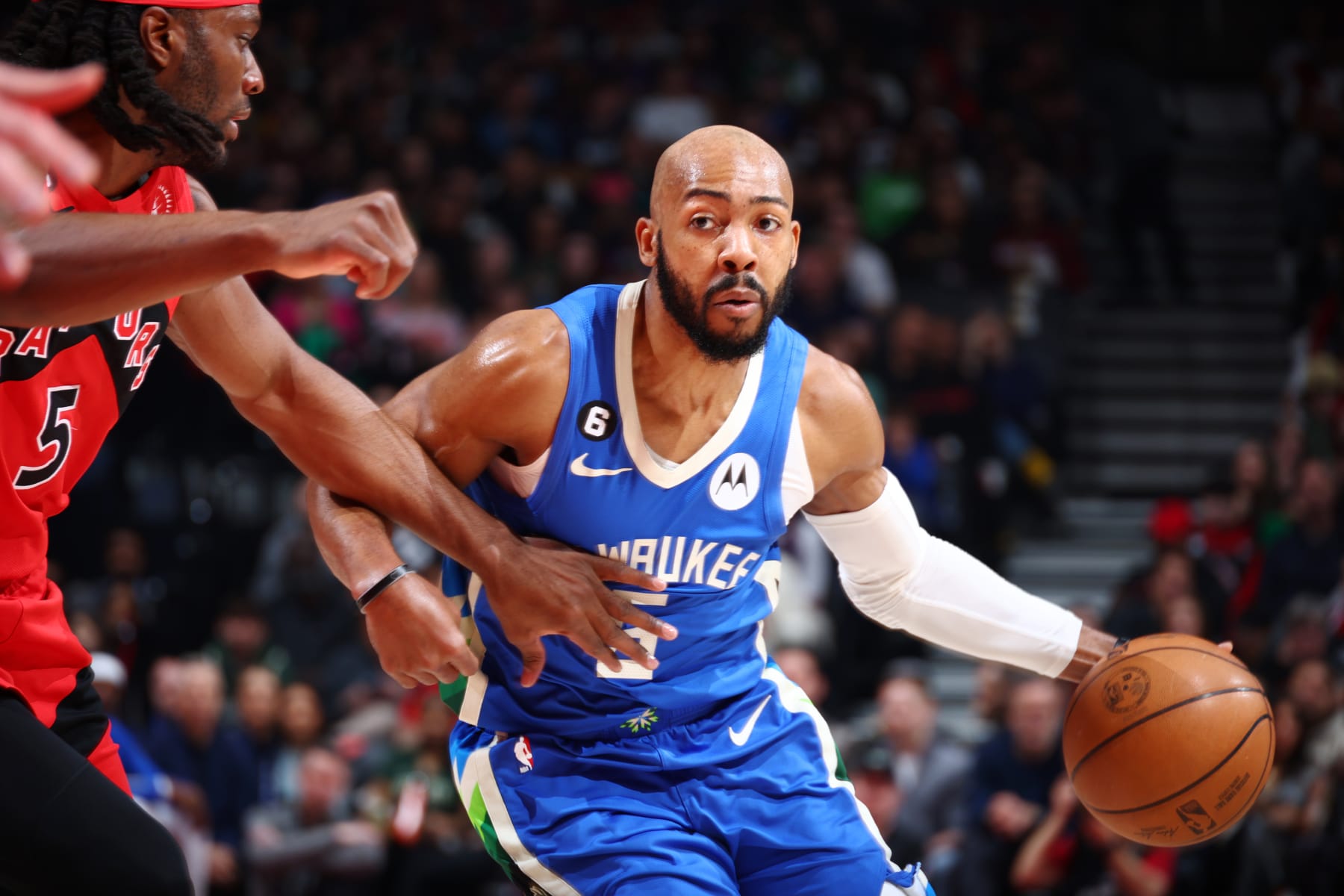
Talent retention will limit the Toronto Raptors' free-agency price range. Gary Trent Jr. already picked up his player option, and re-signing both Jakob Poeltl and Fred VanVleet could vault them into the luxury tax.
Jevon Carter might be too ambitious under the circumstances. A portion of the mini mid-level will be enough to enter his market if he opts out, but the Raptors must first commit to spending it.
Let's assume they do, or that they cut salary elsewhere to duck the tax. Carter instantly becomes a perfect fit.
Sure, he's shorter than 6'7". But he's very Raptors-y otherwise. His default defensive mode is "94 Feet of Hellfire," he doesn't have to dominate the ball on offense, and he just canned 42.1 percent of his triples on 6.7 attempts per 36 minutes.
Toronto's rotation needs extra bodies, and Carter just so happens to plug an actual hole.
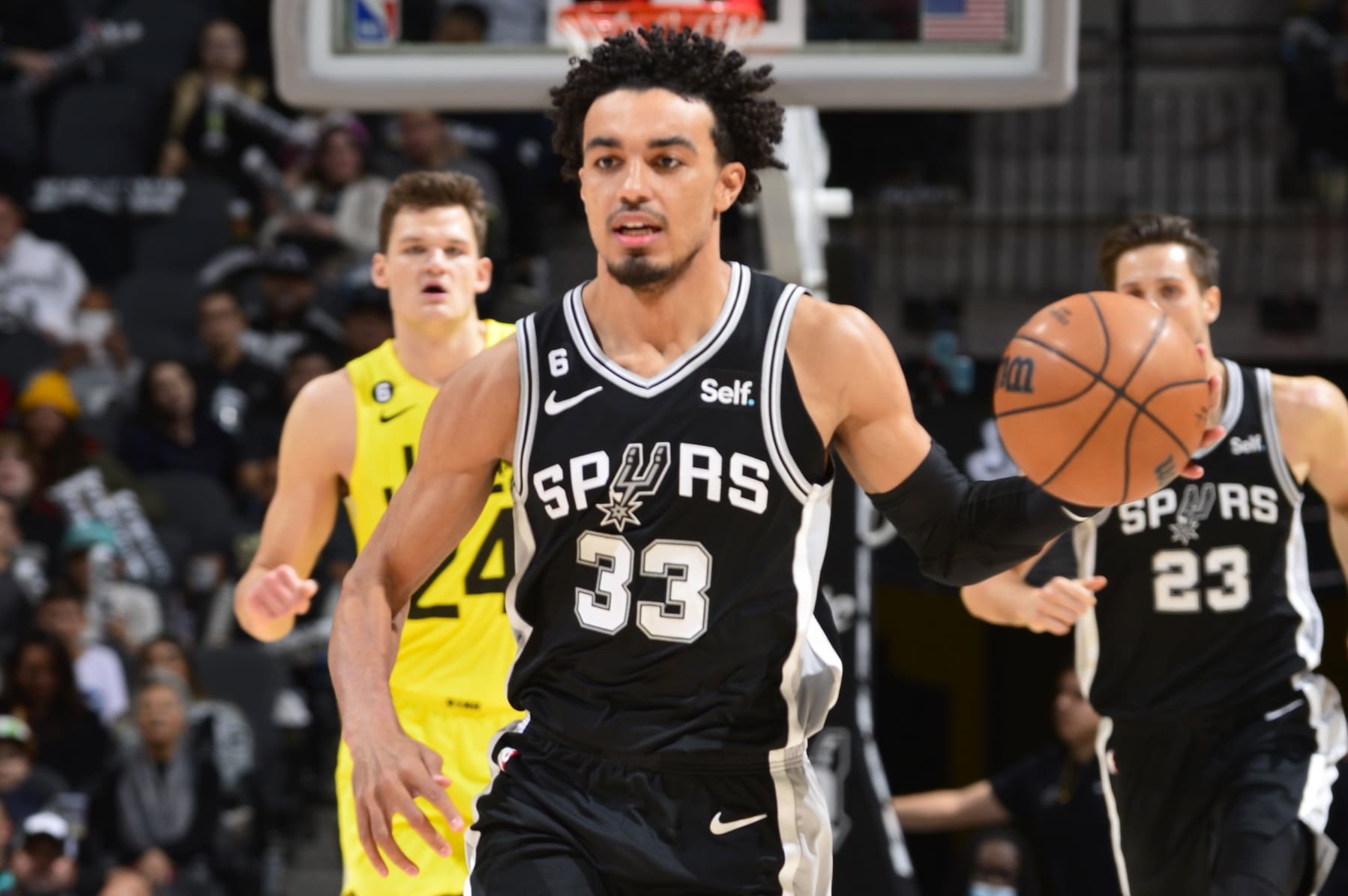
Acquiring John Collins eats into the Utah Jazz's cap space but won't prevent them from sniffing around impact players.
They can get north of $25 million in wiggle room after guaranteeing salaries for Kris Dunn and Kelly Olynyk if they renounce Jordan Clarkson. That number shrinks if Clarkson picks up his player option.
Insofar as they're prepared to use cap space on free agents rather than salary dumps, the Jazz should be scouring the point guard market. Fred VanVleet is a name to watch if they go that route, but he'll require additional bookkeeping.
Tre Jones is more gettable, even as a restricted free agent. The San Antonio Spurs won't break the bank to keep him when they're on a more gradual timeline and need a higher-end floor general.
The Jazz are in a slightly different boat. They don't need a heart-and-soul of their offense so much as a game-manager who can protect the ball and capitalize on the half-court spacing to set up those around him. Jones does all of that. The absence of a three-ball is somewhat complicating, but he's a dependable pull-up threat from mid-range. And at only 23, he fits whatever timeline Utah chooses to follow.
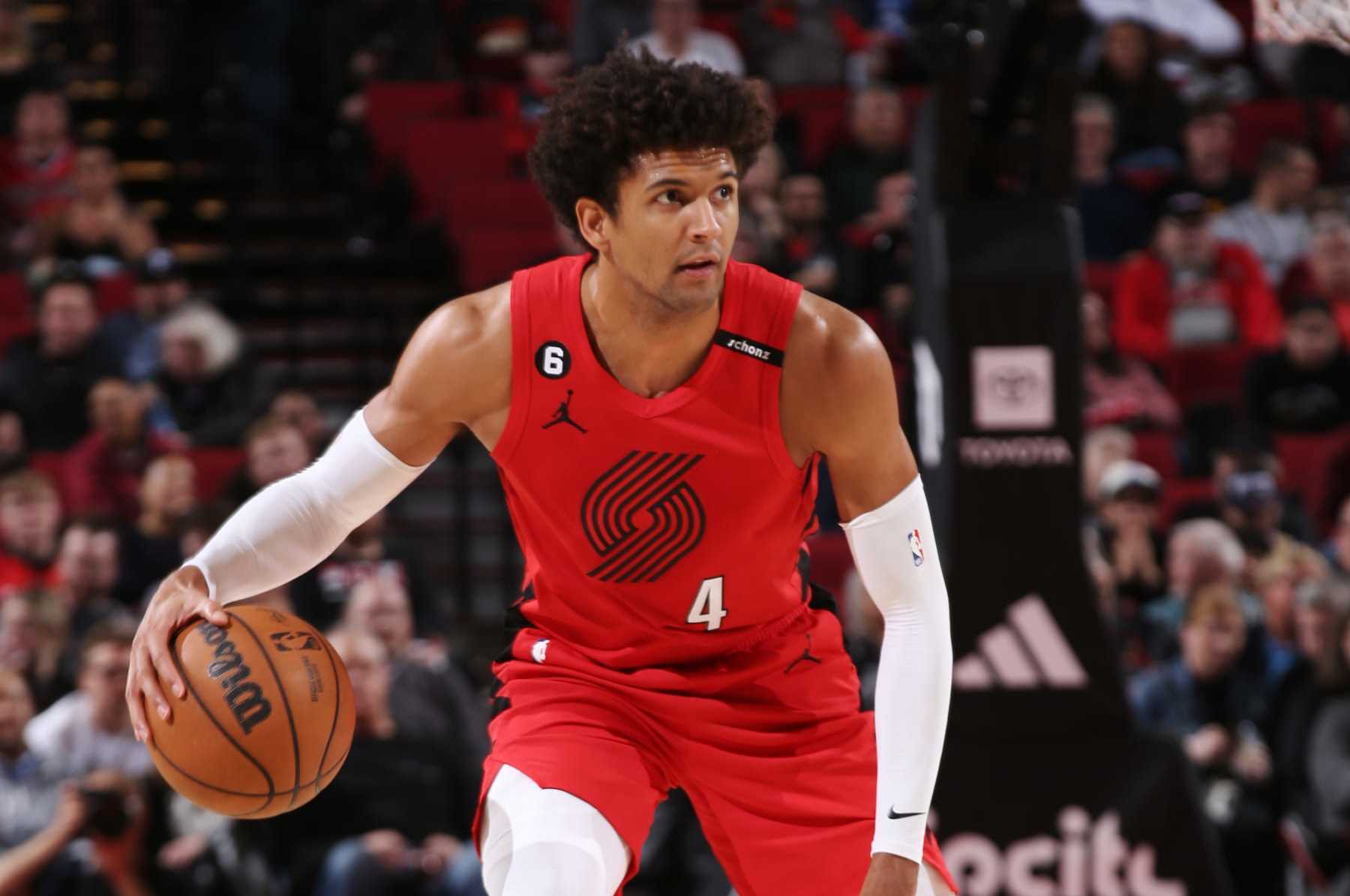
Teams in the middle of a teardown need only concern themselves with talent accumulation and higher-upside dice rolls. Matisse Thybulle fits that bill.
True wings remain hard to come by for the Washington Wizards. Deni Avdija is more of a pure forward. Johnny Davis is a straight-out guard. Corey Kispert and the newly drafted Bilal Coulibaly are about it, and neither should be lined up against the opposition's best scorer (Coulibaly could get there one day, though).
Thybulle is ready for that workload, because he already handles that workload—in the most disruptive way possible. His jumper remains a question mark, but he did drop in 38.8 percent of his three-point attempts after getting traded to the Portland Trail Blazers. And for the time being, Washington has two operable game-managers in Tyus Jones and Monte Morris who can continue spoon-feeding him.
Prying Thybulle from the Blazers feels plausible. The Wizards opened up the bigger MLE and have a path to more than that in cap space if they renounce Kyle Kuzma.
Portland can match any offers but will be facing tax concerns if Jerami Grant fetches a big-money deal.
Unless otherwise noted, stats courtesy of NBA.com, Basketball Reference, Stathead or Cleaning the Glass. Salary information via Spotrac.
Dan Favale covers the NBA for Bleacher Report. Follow him on Twitter (@danfavale), and subscribe to the Hardwood Knocks podcast, co-hosted by Bleacher Report's Grant Hughes.





.png)



